
23 June 2025 | OKA Correspondent
Sofa Buying Guide – What To Look For In a Sofa
Not sure what type of sofa to buy? Our guide is here with all the information you need, from measuring up to choosing a style and colour.
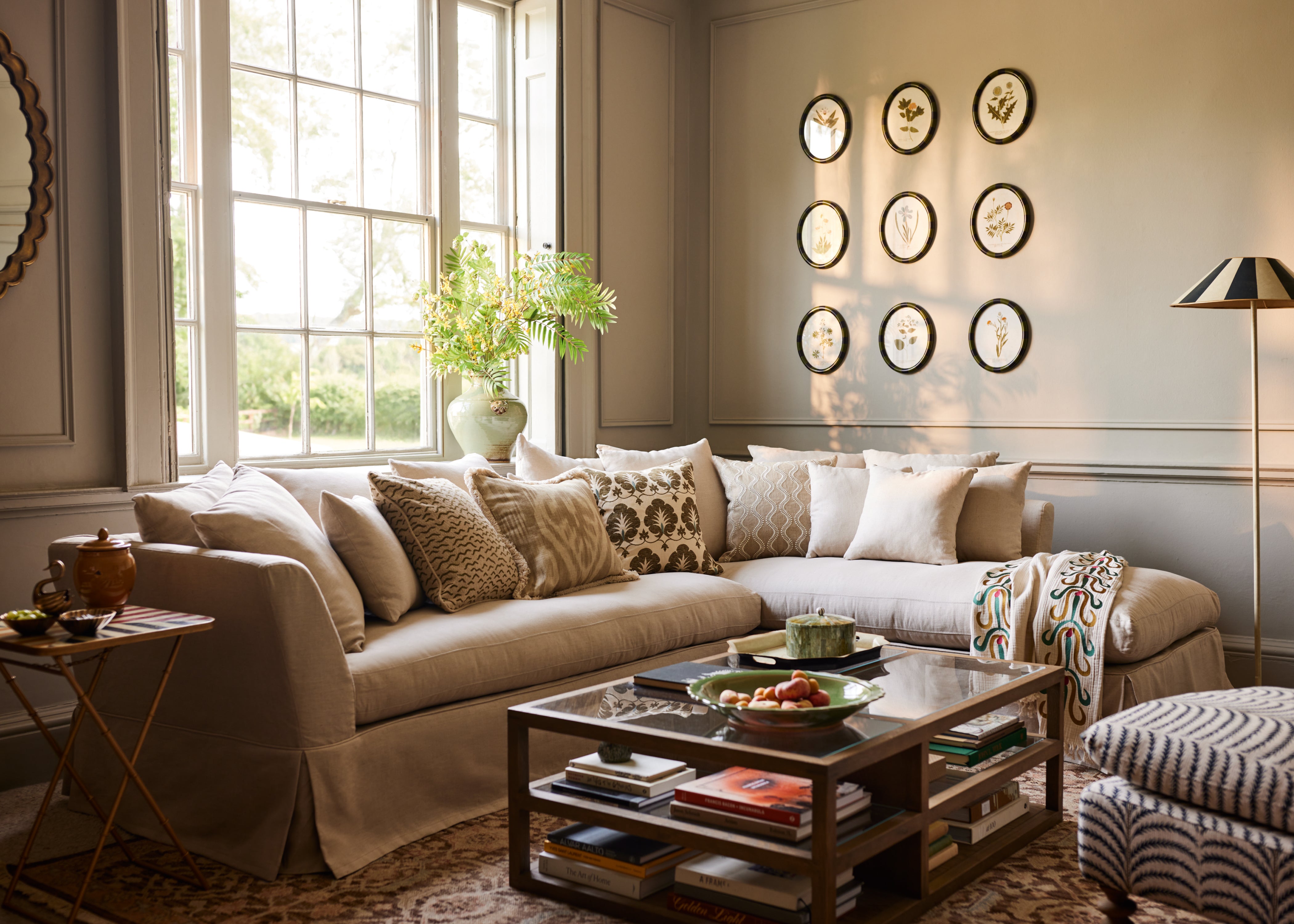
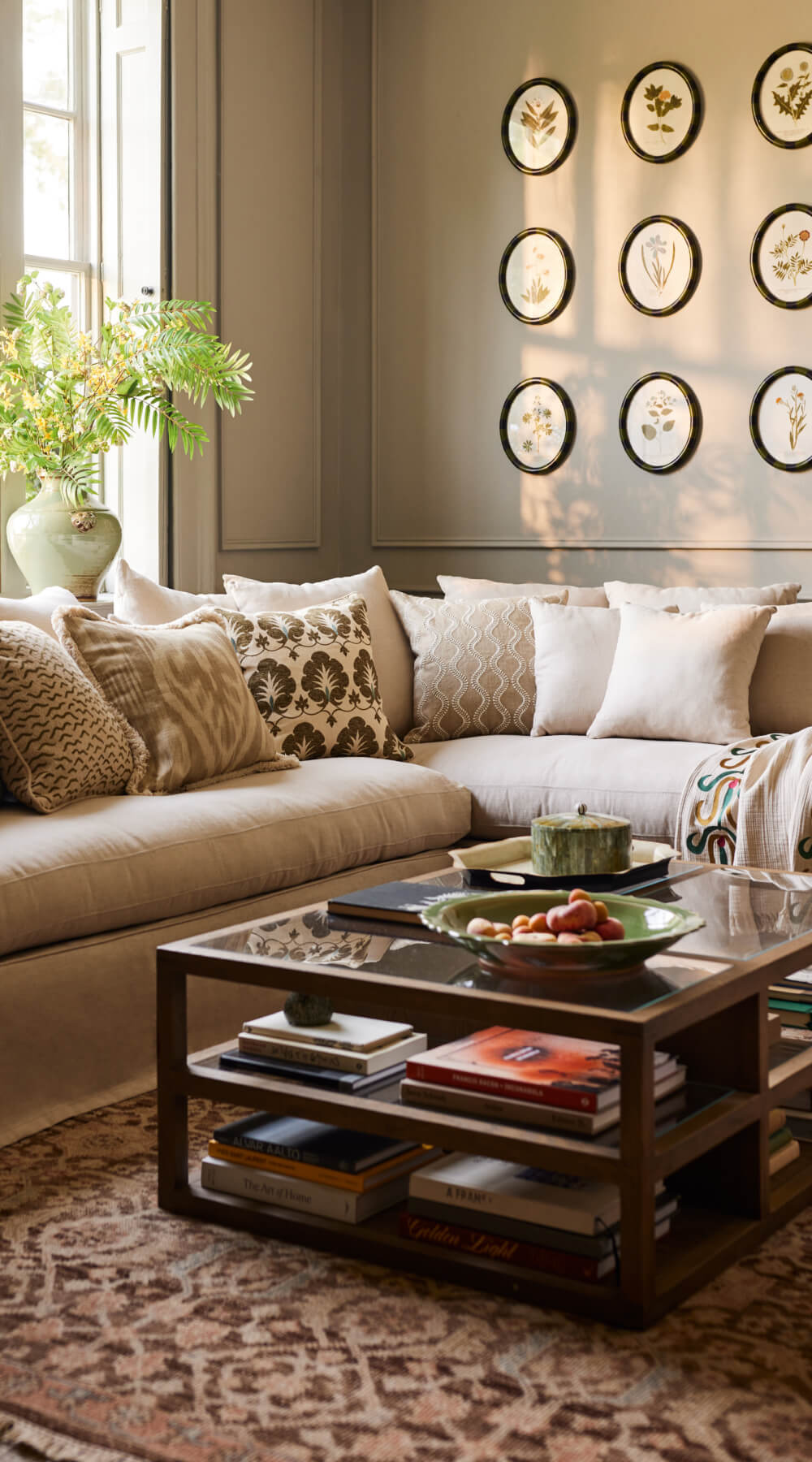
Published 2 September 2025 | Last Modified 22 September 2025
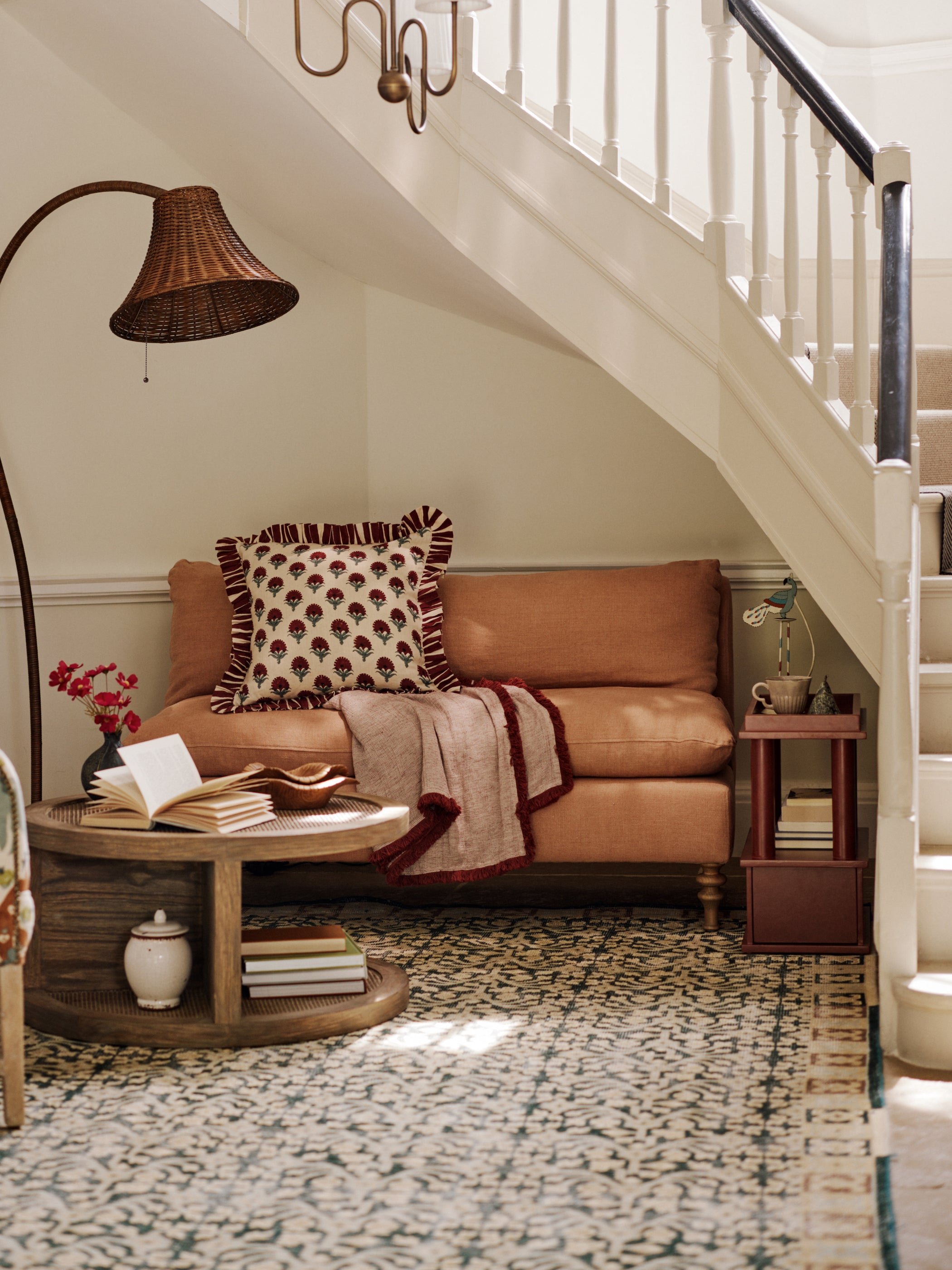
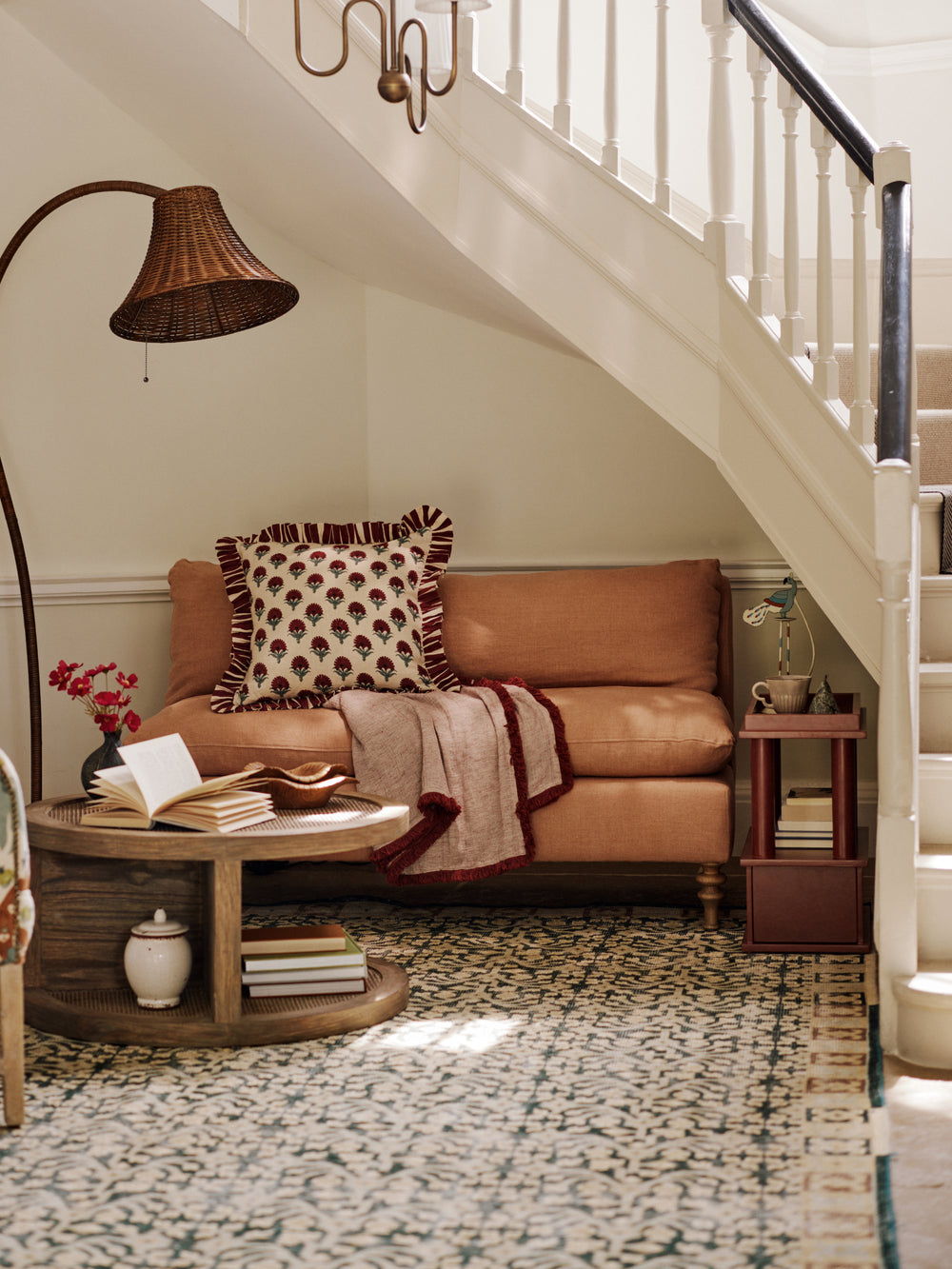
As autumn approaches, it's time to thoughtfully transition your living spaces for the season ahead. From refined décor updates to functional enhancements, our curated guides offer elevated inspiration to prepare each room in your home with warmth, sophistication, and timeless style.

23 June 2025 | OKA Correspondent
Not sure what type of sofa to buy? Our guide is here with all the information you need, from measuring up to choosing a style and colour.
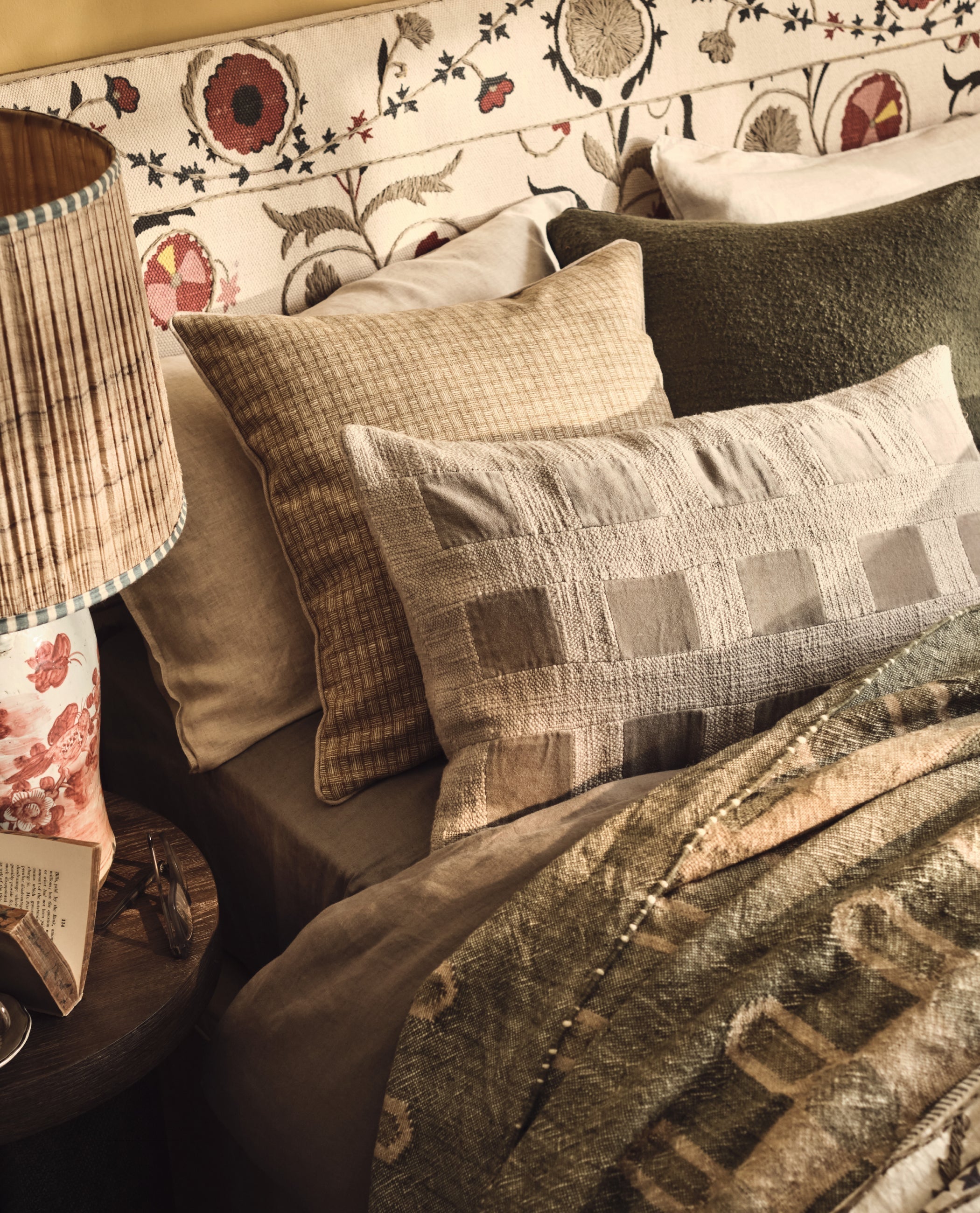
13 May 2025 | Ellen Millard
If arranging cushions gets you all in a fluster, just follow these six simple tips from our Interior Design team.
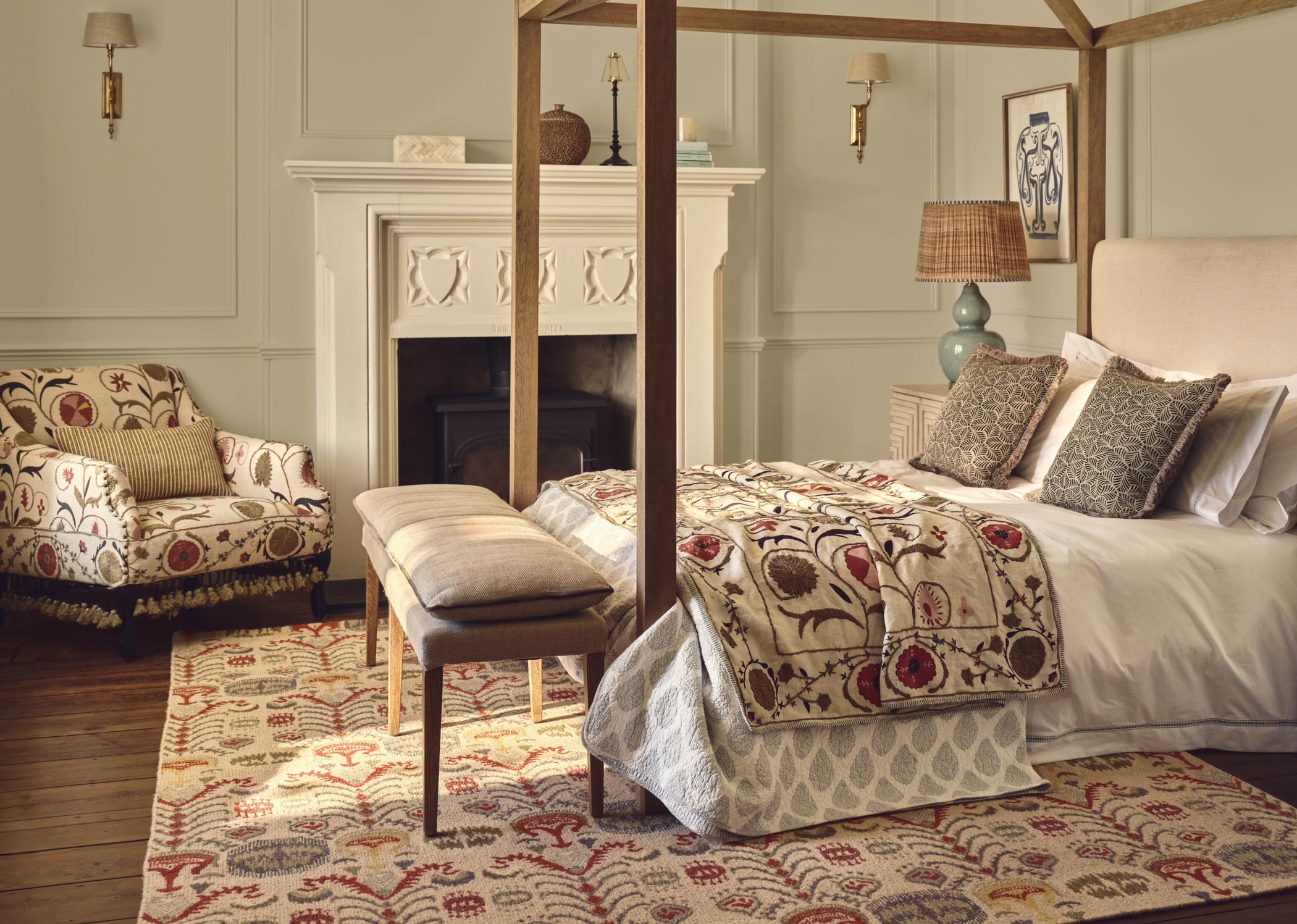
13 May 2025 | Ellen Millard
Discover our tips for bringing this classic pattern into your home, from upholstery to soft furnishings and artwork.
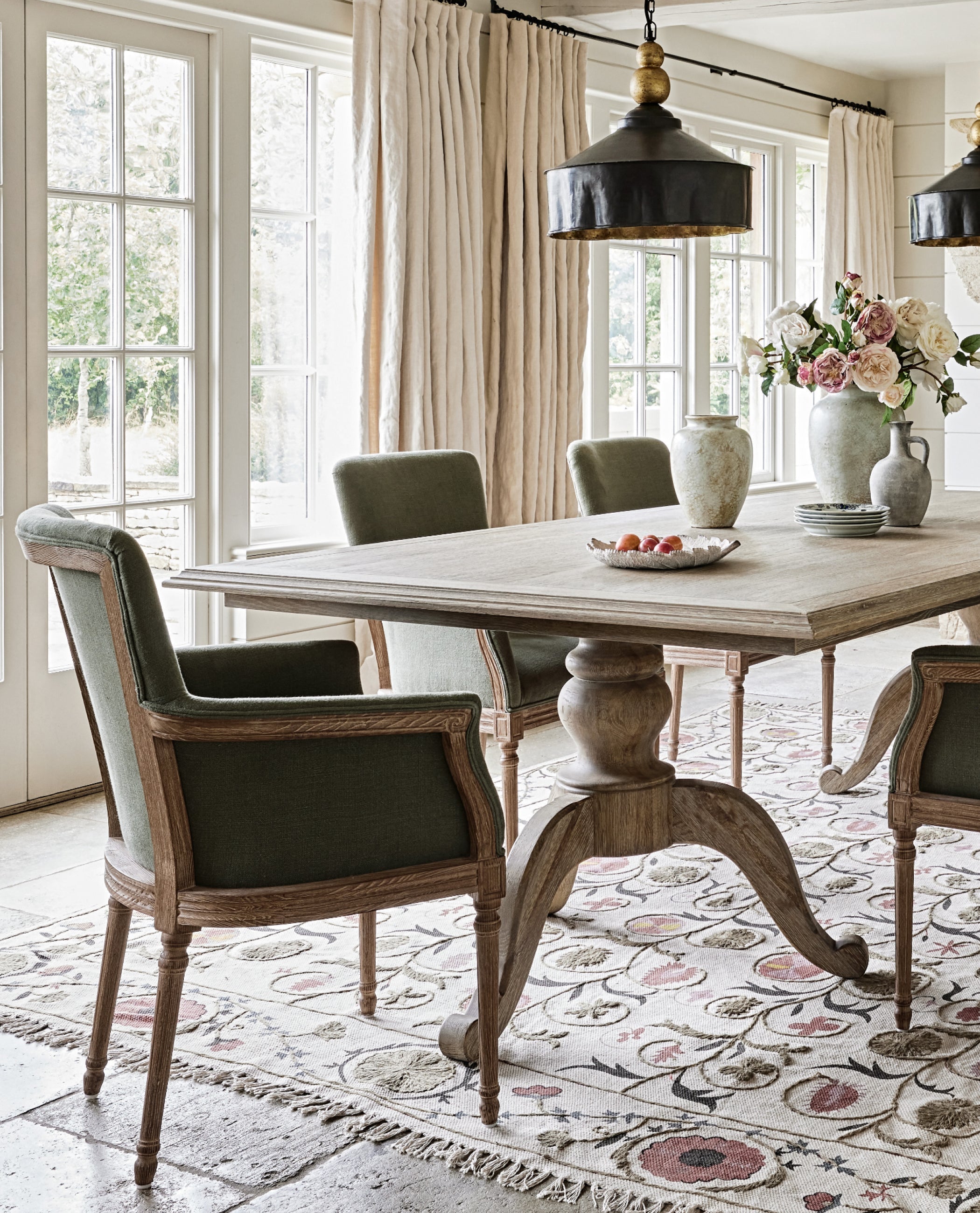
13 May 2025 | OKA Correspondent
We'll let you in on a secret: it all depends on how much space you have and how regularly you host.
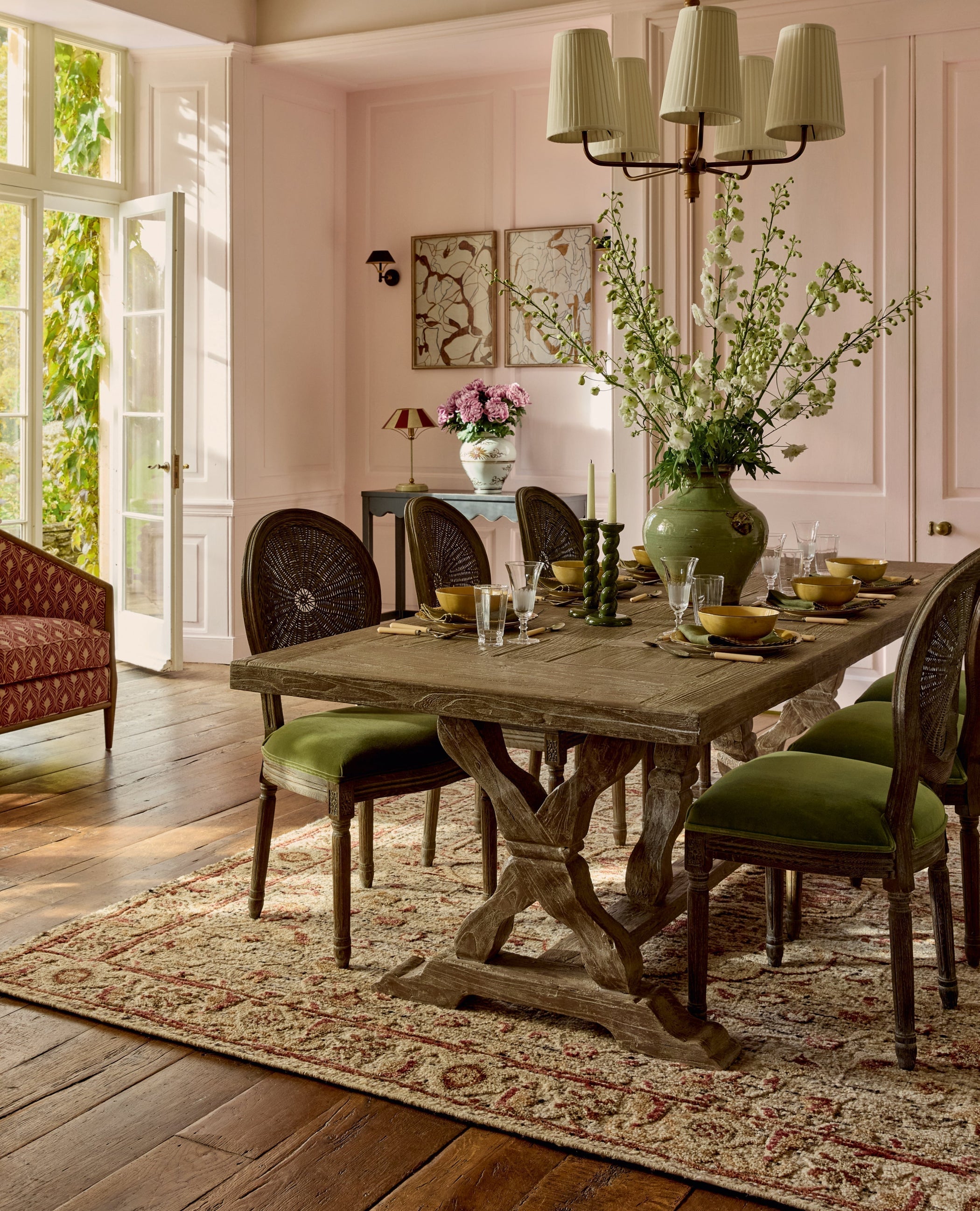
13 May 2025
Making guests feel welcome in your home is hardly what you might call a new trend, but if 2025’s ‘hostingcore’...
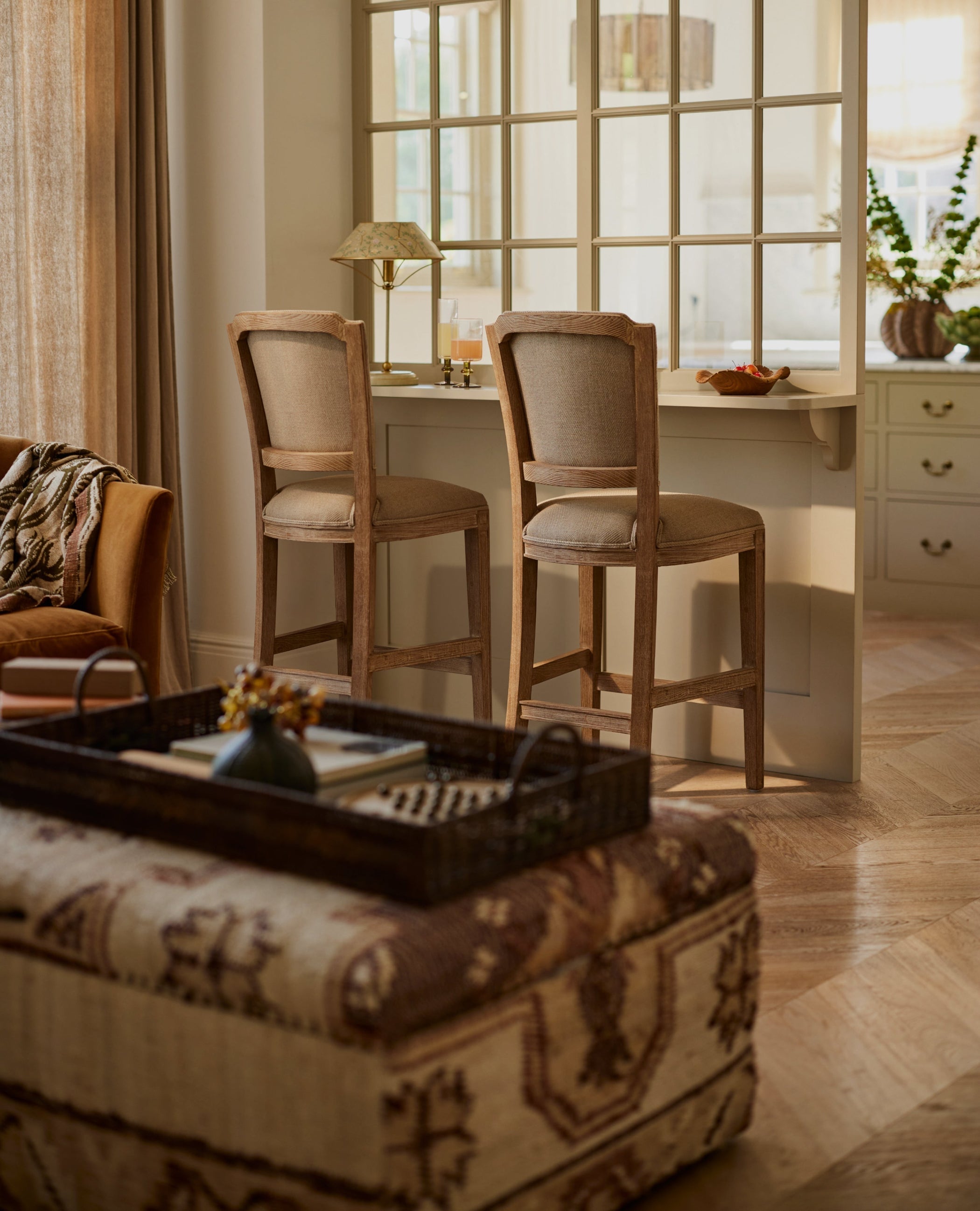
10 October 2025
How to Create a Multi-Purpose Room Now, more than ever, our home needs to work as hard as we do,...
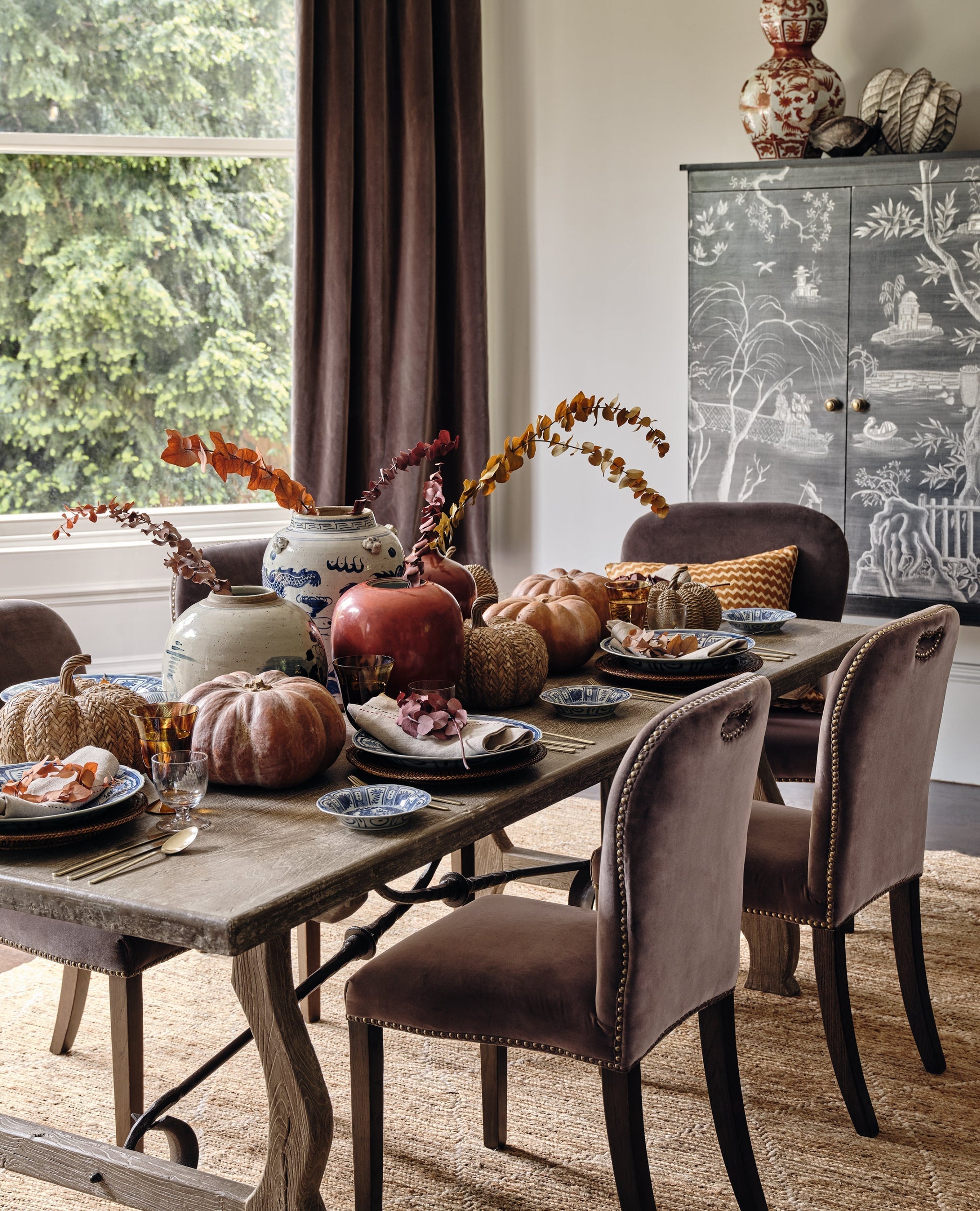
9 October 2025 | Emily Sims
Get creative with your table decorations for Halloween, using the seasonal colours of orange, purple and green.
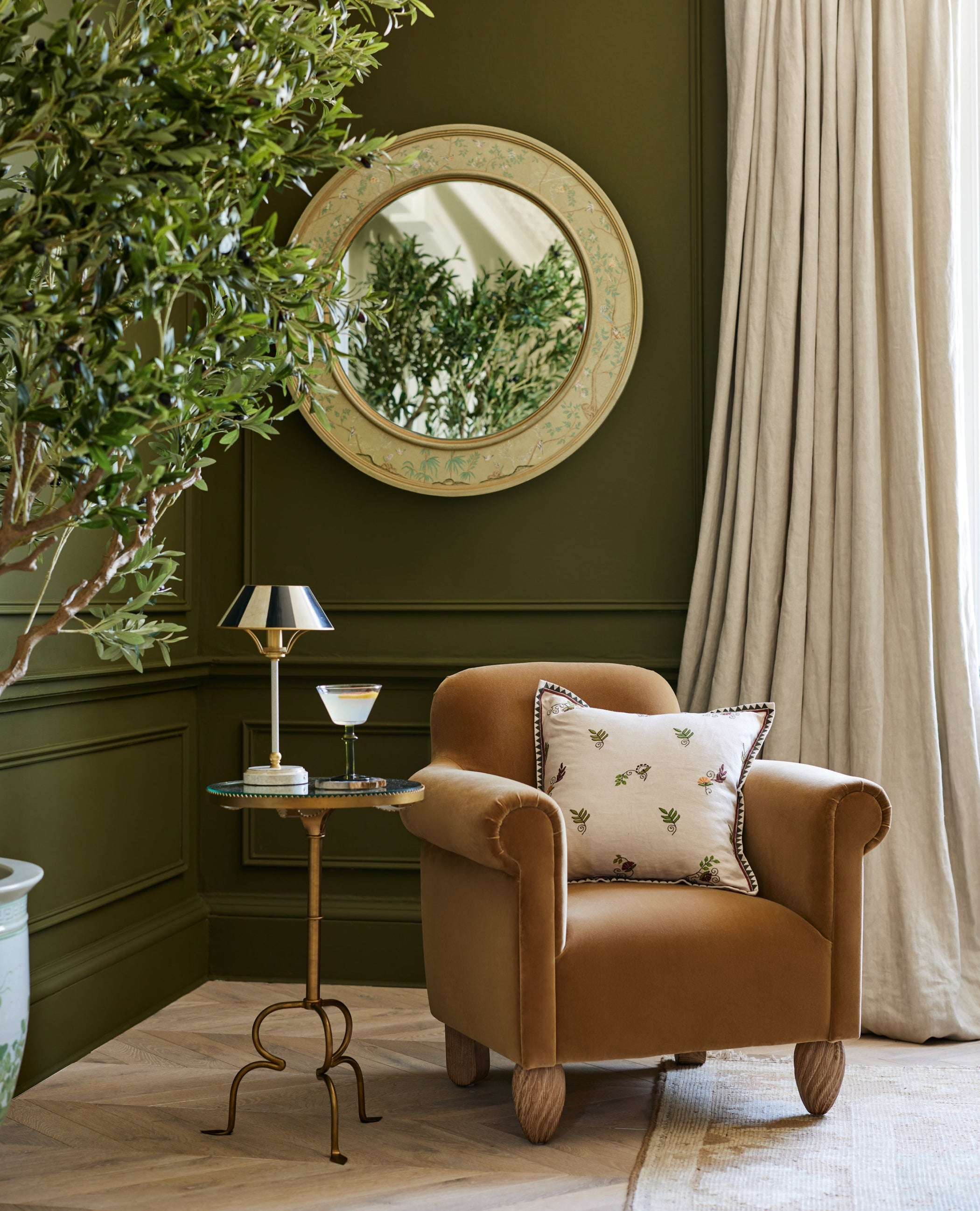
6 October 2025
It’s easy to surround yourself with nature in the summer, when you can get out into the garden, entertain al fresco...
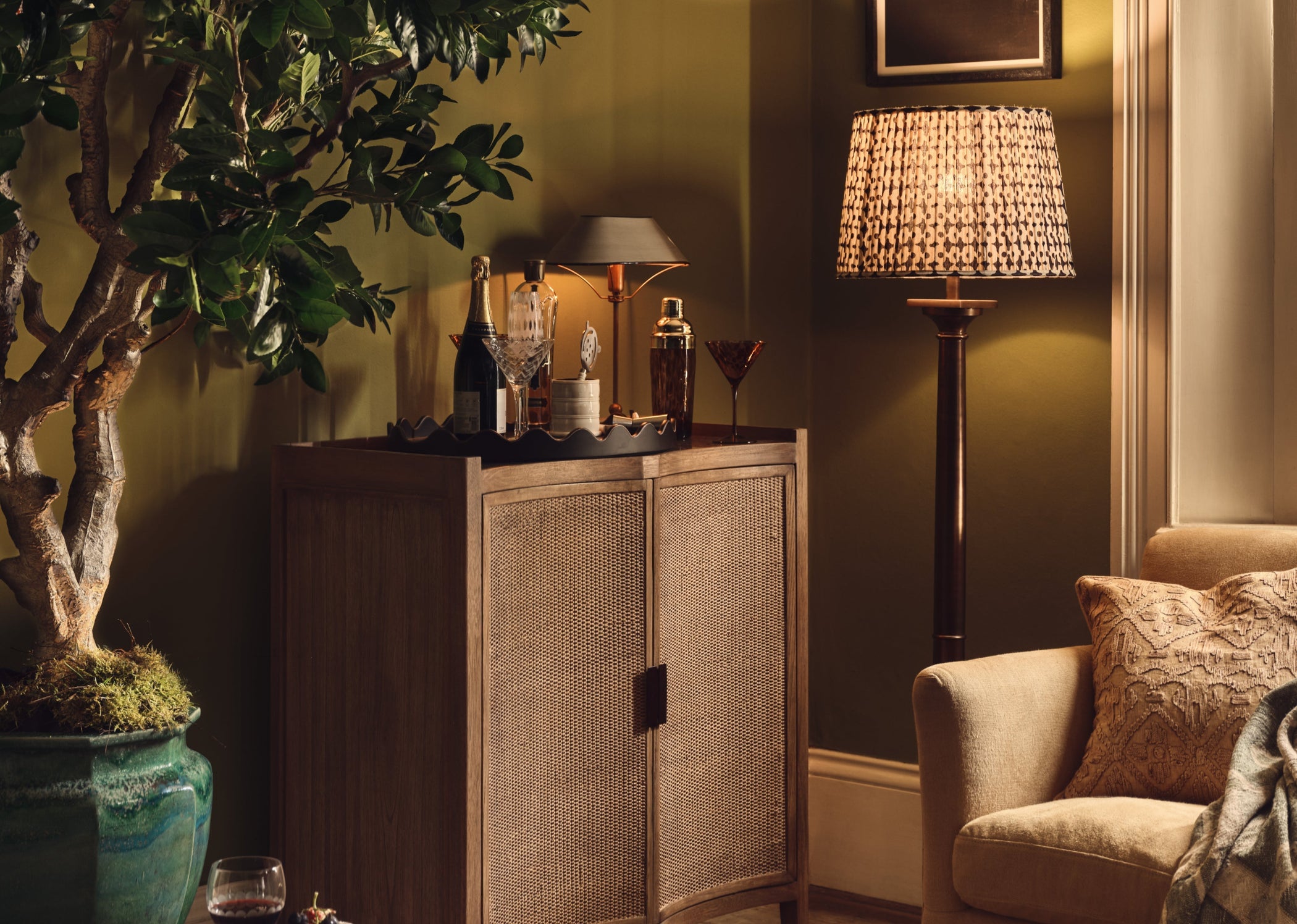
6 October 2025 | Ellen Millard
Interior Designers Sophie Stevens and Lisa Mitchell share their tips for achieving a warm and inviting glow.
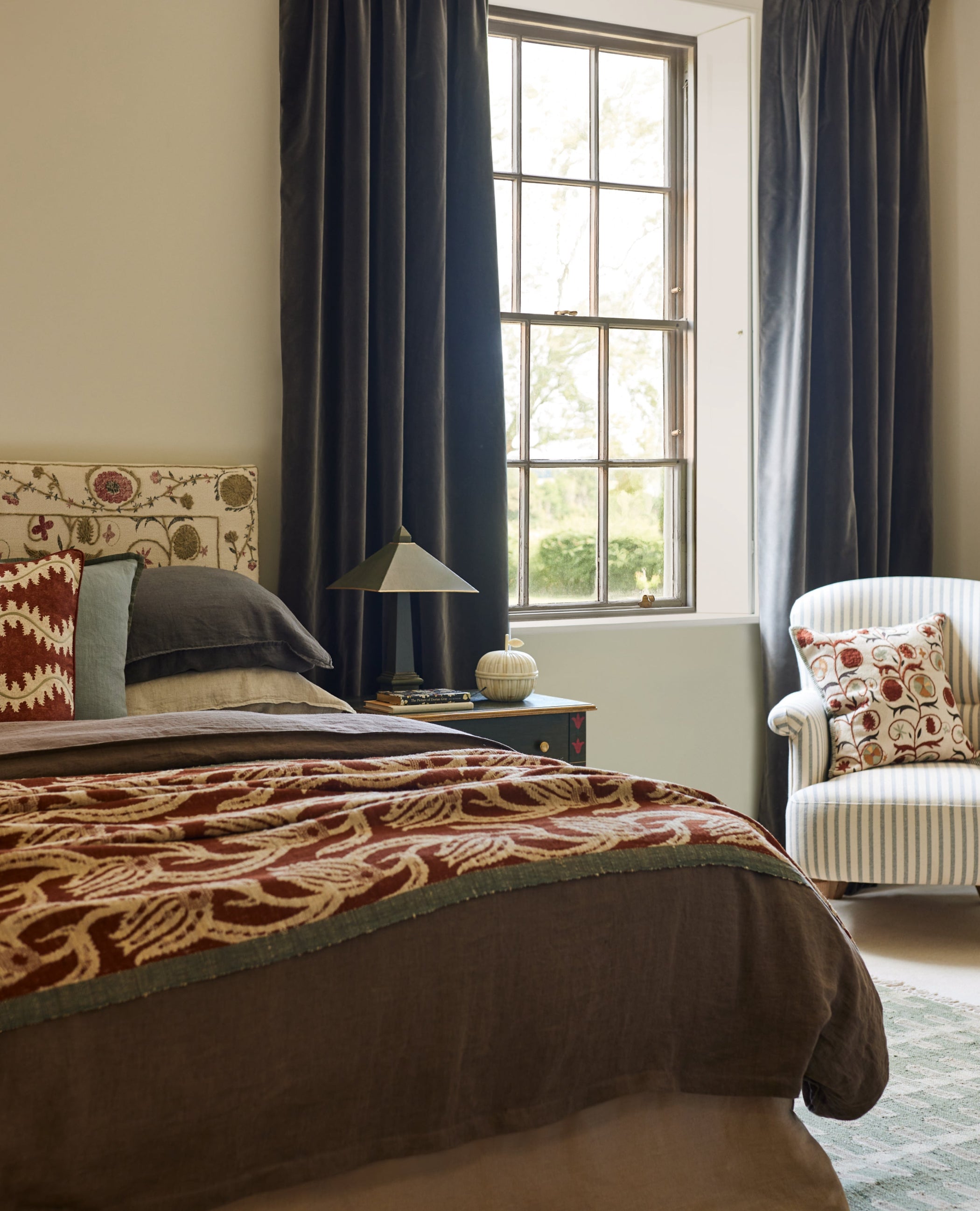
16 September 2025
Autumn is upon us, and with it a chance to take stock and rest up in a bedroom that’s as...
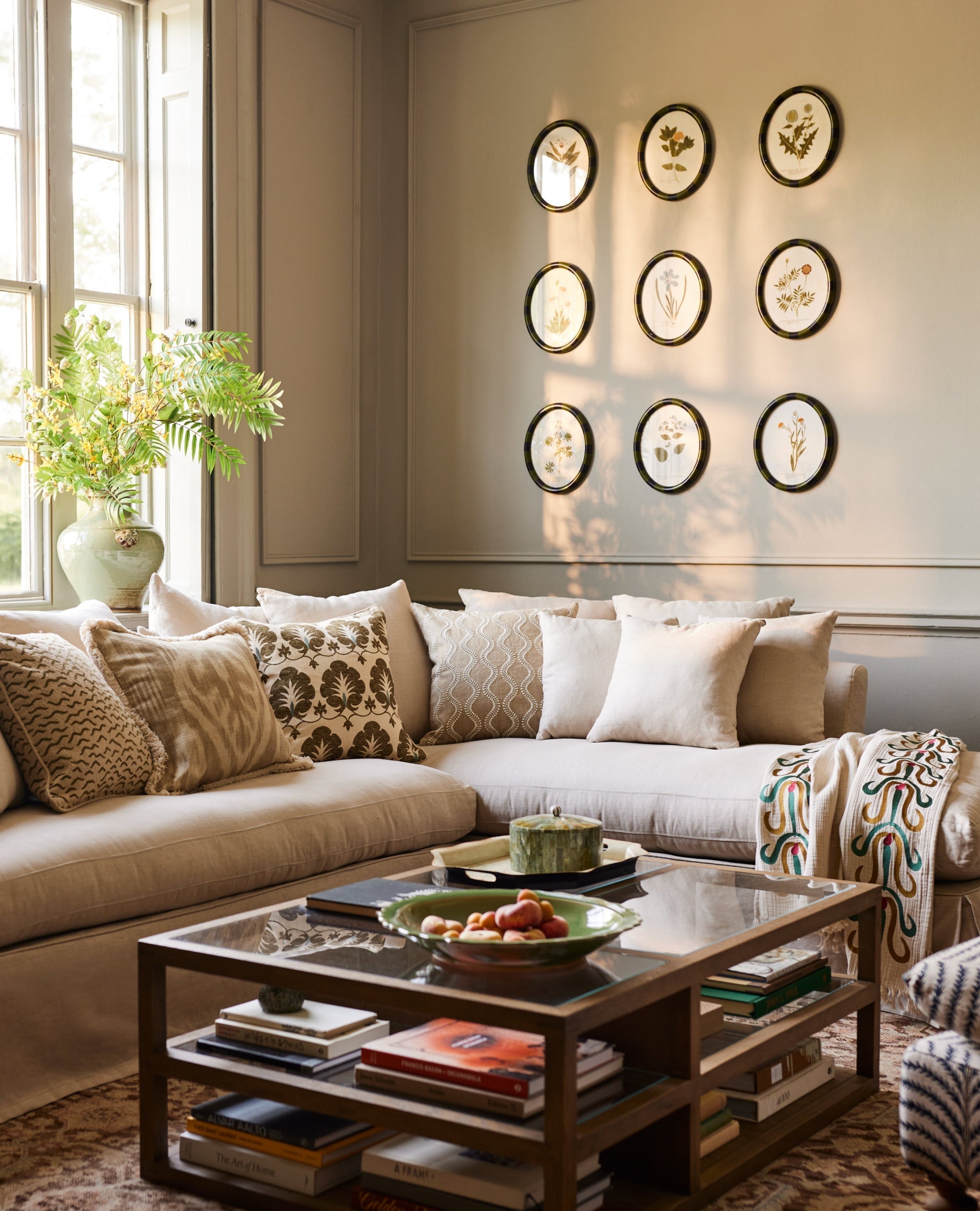
2 September 2025
Cooler days and darker nights call for indulging in home comforts, whether that’s curling up on a comfortable sofa or...
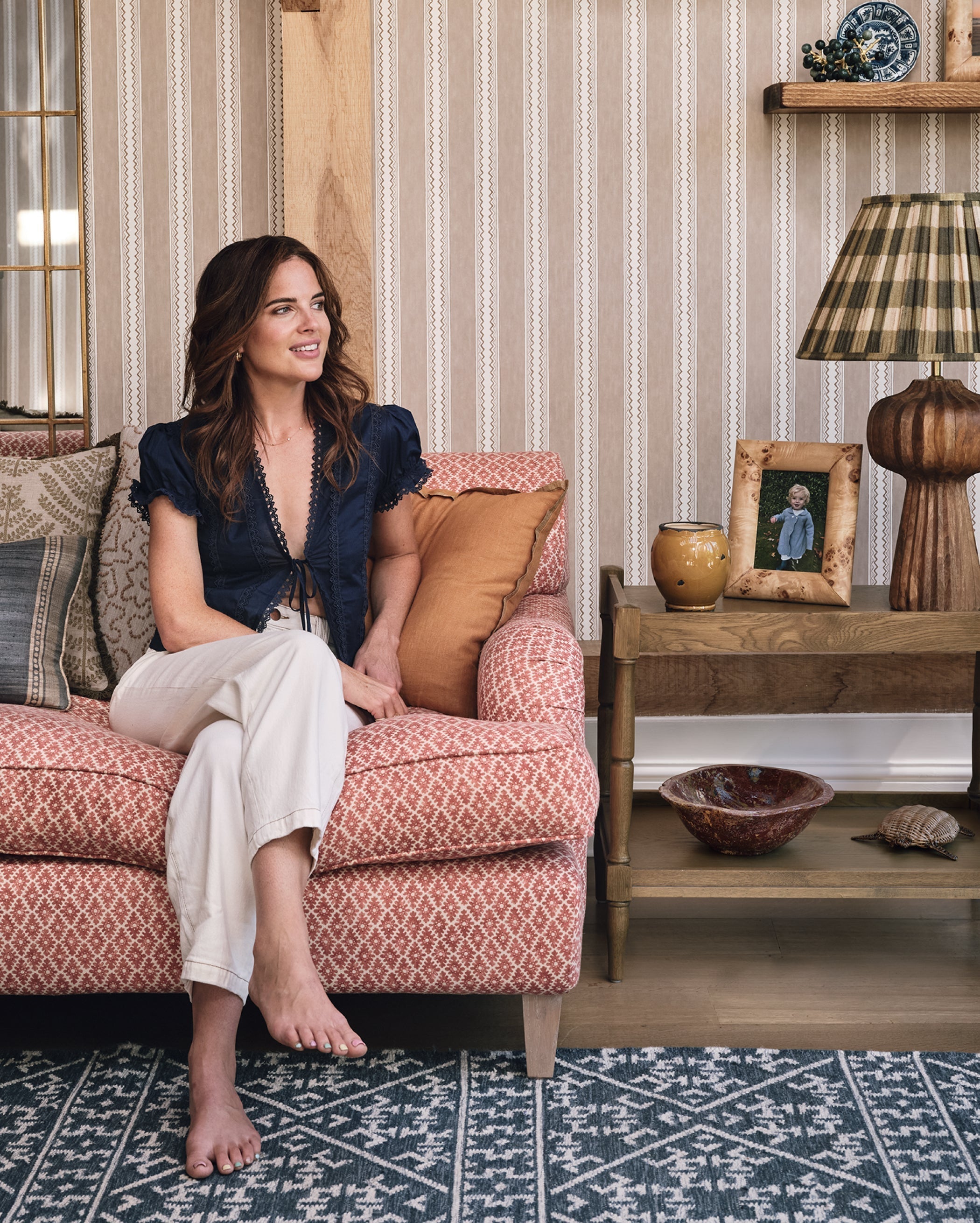
22 July 2025
Be the first to step inside the stylish London townhouse of Binky Felstead – TV personality, entrepreneur and influencer – who collaborated with our Interior Design Service to create a comfortable home for her evolving family.
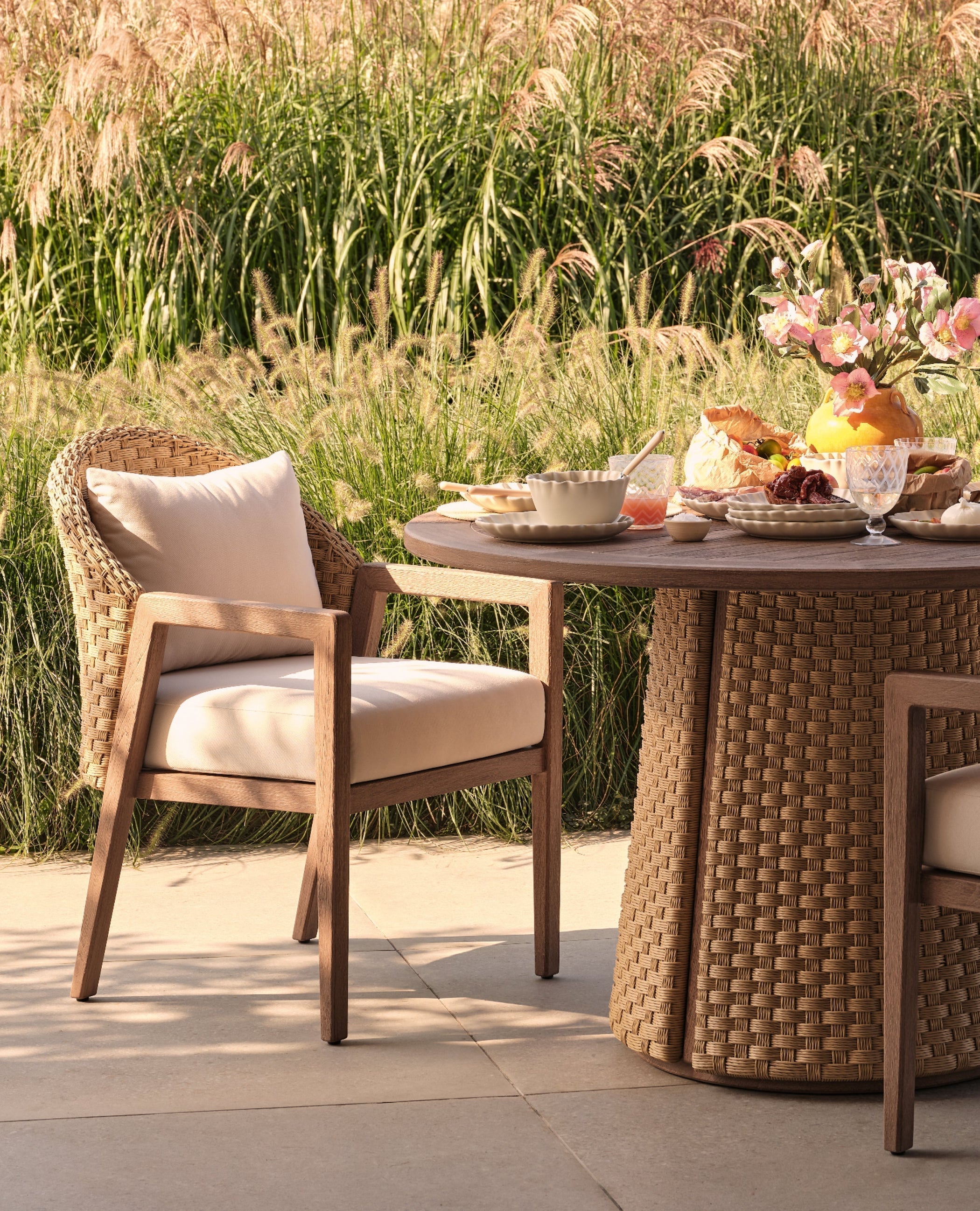
9 July 2025 | OKA Correspondent
Throwing open the doors to entertain in the garden is one of the most joyful things about summer, whether simply...

23 June 2025 | OKA Correspondent
Not sure what type of sofa to buy? Our guide is here with all the information you need, from measuring up to choosing a style and colour.
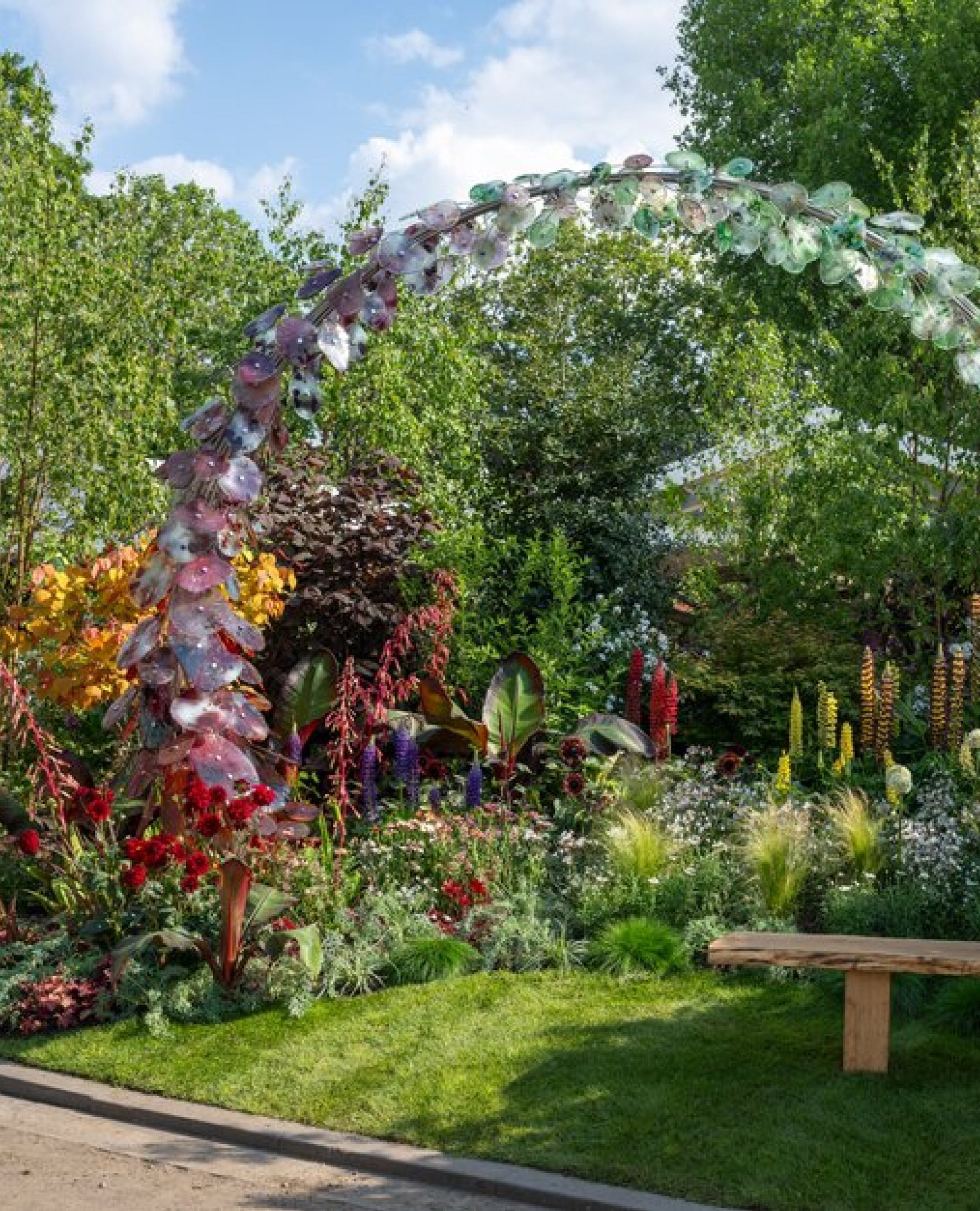
22 May 2025 | Ellen Millard
Everything you need to know ahead of the RHS Chelsea Flower Show 2024, from dress codes to dining destinations.
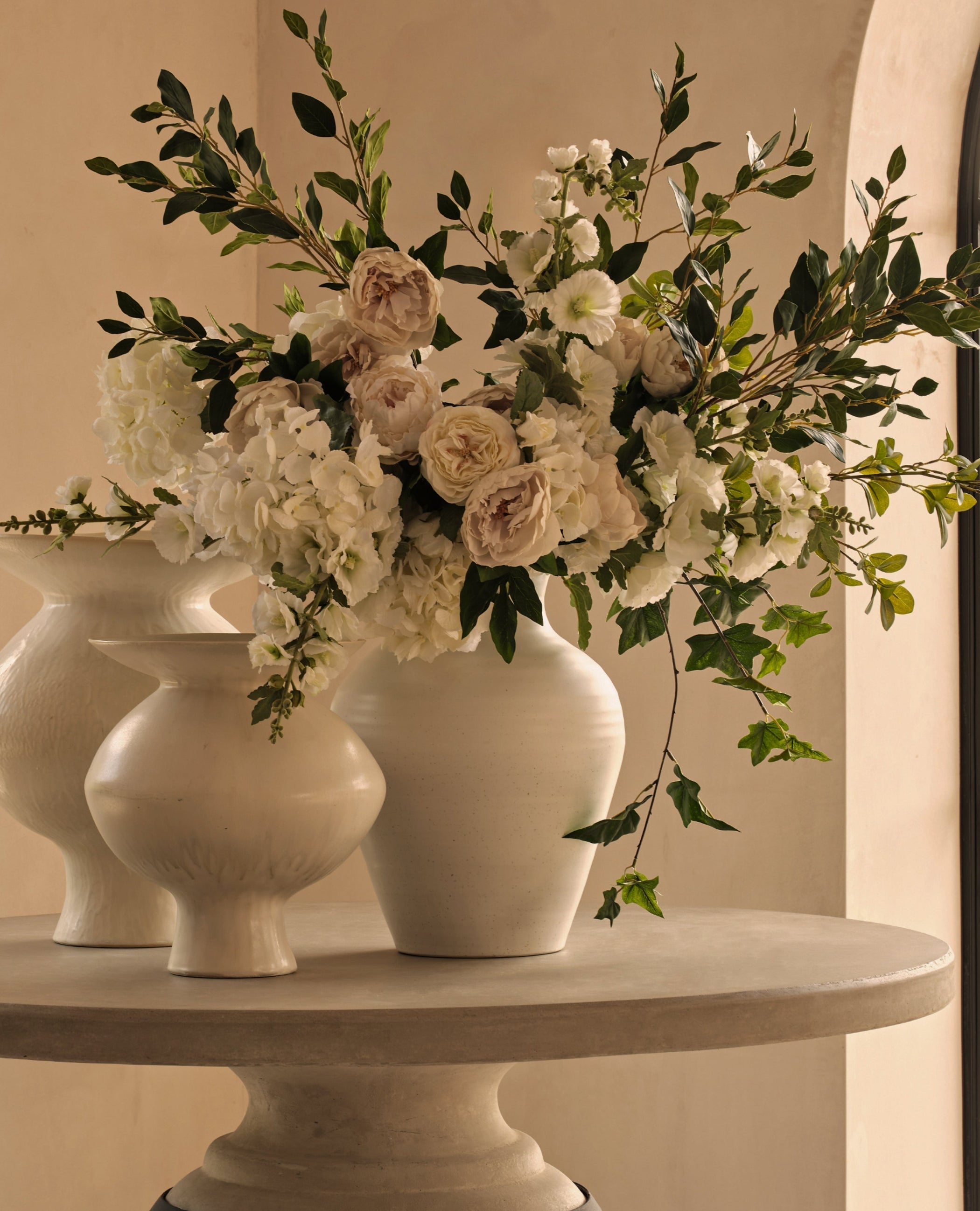
16 May 2025 | OKA Correspondent
From solo stems to bountiful bouquets, there’s nothing like a bunch of flowers to lift the look and feel of...
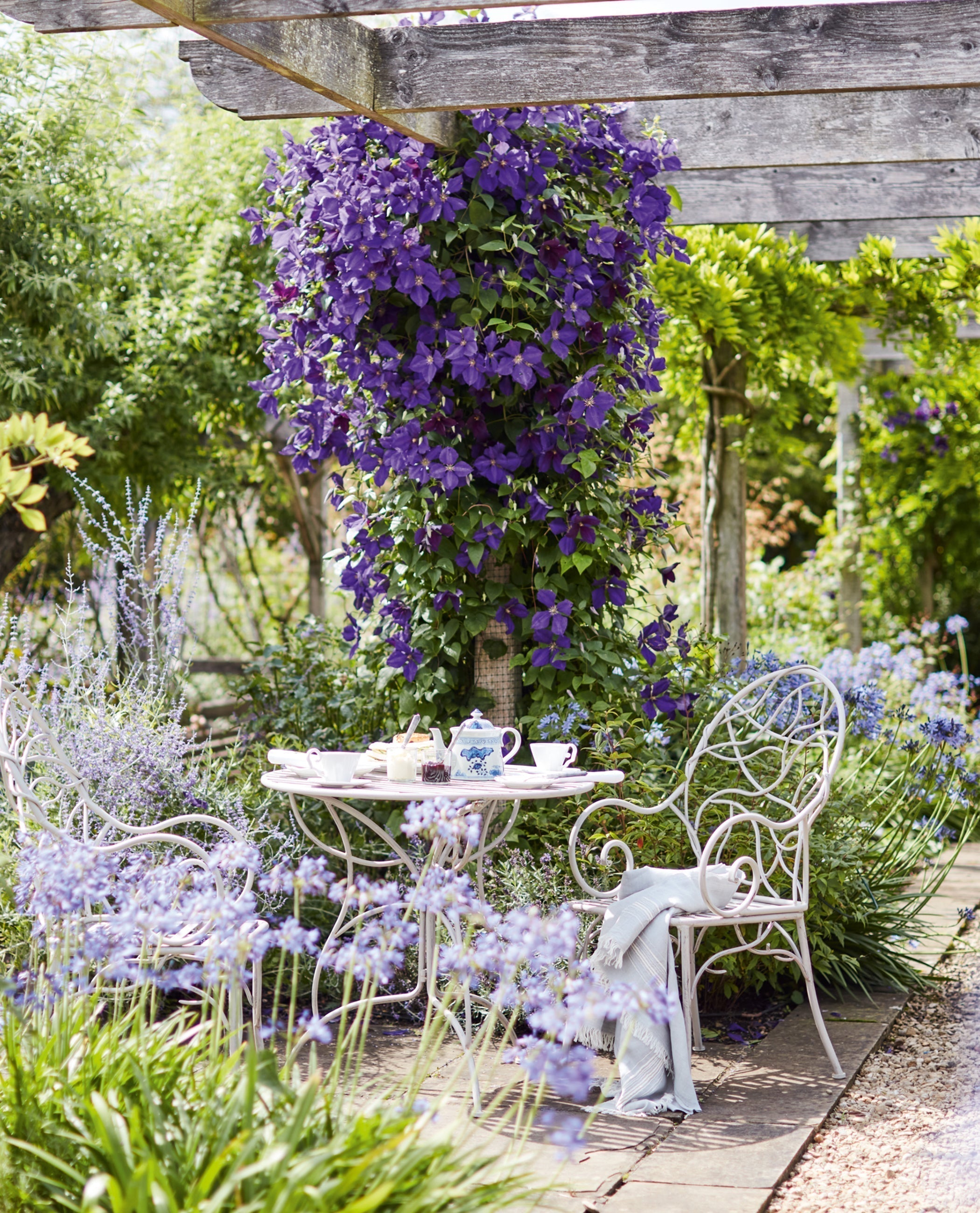
14 May 2025 | Ellen Millard
From the perfect outdoor accessories to ambient lighting ideas, these tips and tricks will help you get your garden set for the long weekend.

13 May 2025 | Ellen Millard
If arranging cushions gets you all in a fluster, just follow these six simple tips from our Interior Design team.
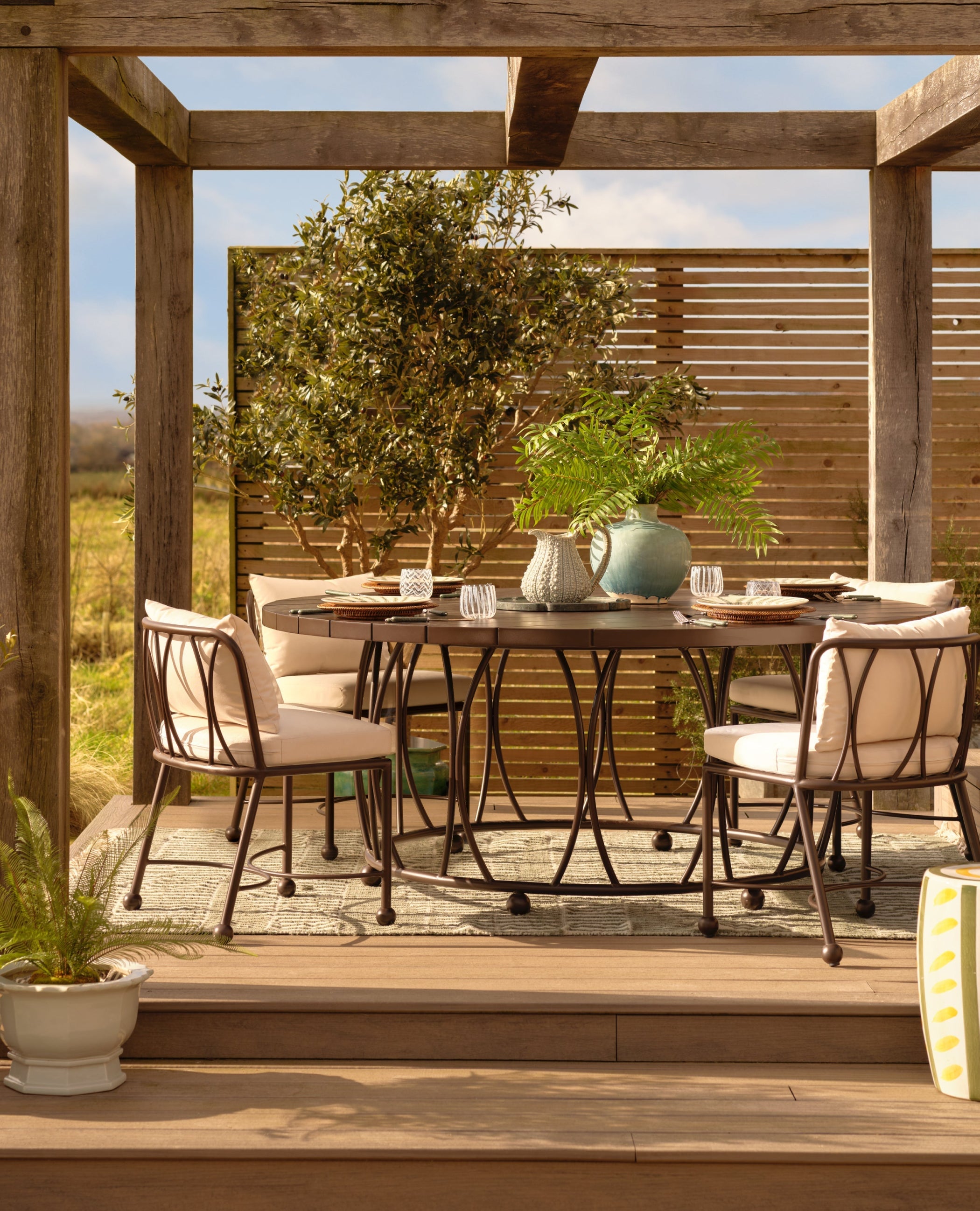
13 May 2025 | OKA Correspondent
Sunshine is on its way, and with it comes plentiful opportunities to soak up its glorious rays. When the weather...
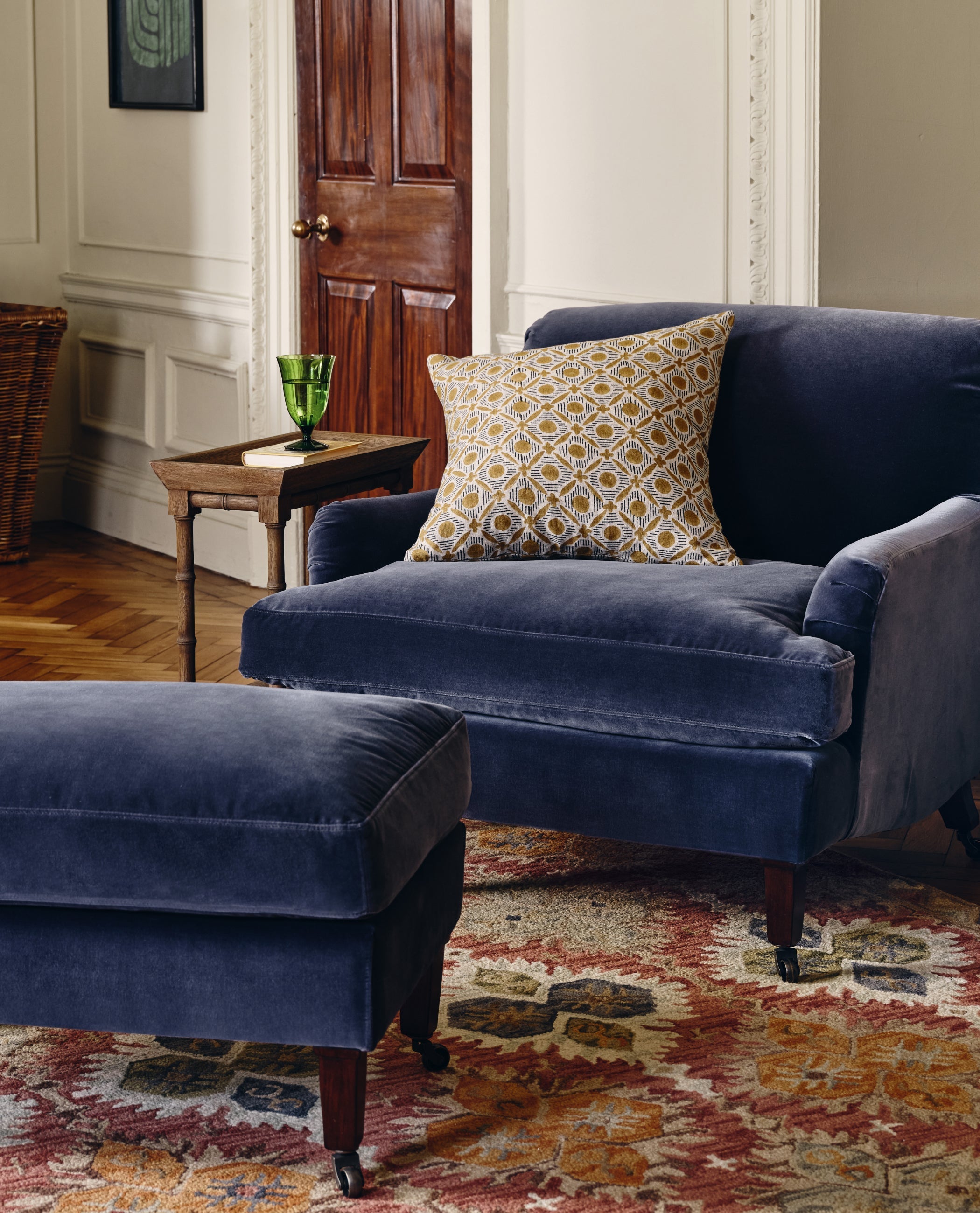
13 May 2025 | OKA Correspondent
Armchairs combine comfort and style. With so many different styles, how do you find the best option for your needs? Read our guide to find out.
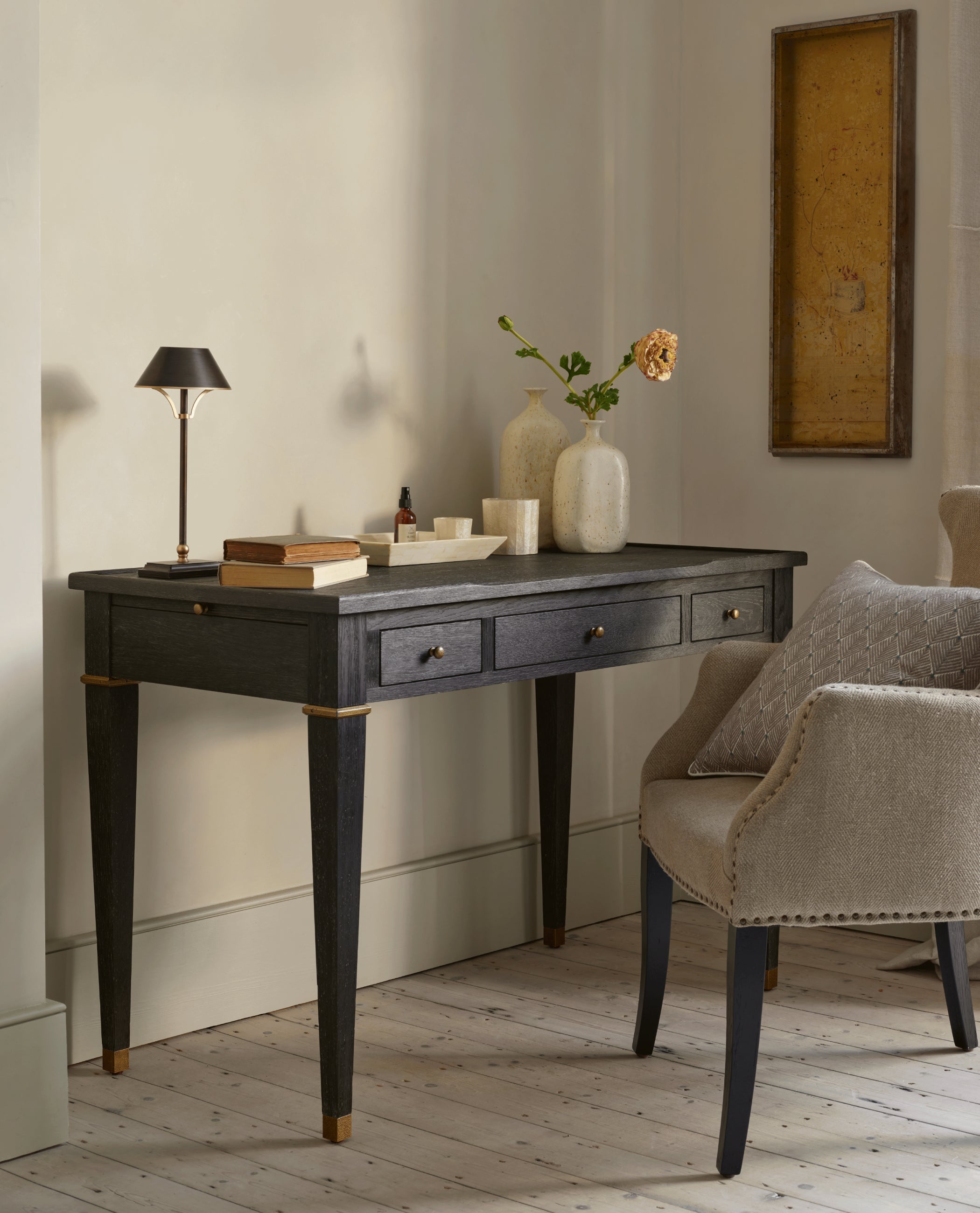
13 May 2025 | OKA Correspondent
Out of office but working from home? Follow these inspired design ideas to achieve that much-coveted work-life balance.
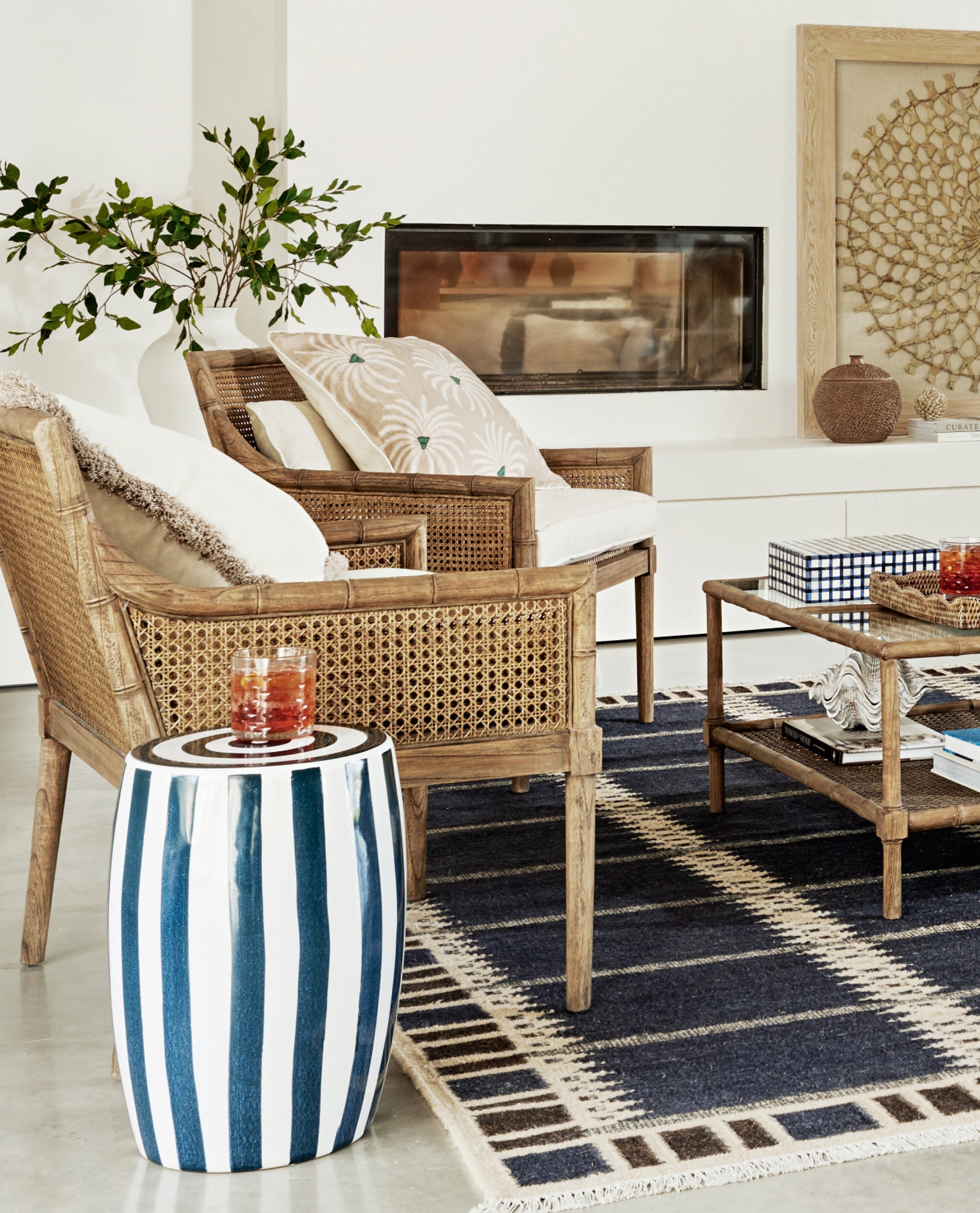
13 May 2025 | Emily Sims
Enjoy the holiday feeling at home by bringing the bright and breezy aesthetic of the Mediterranean to your interiors.
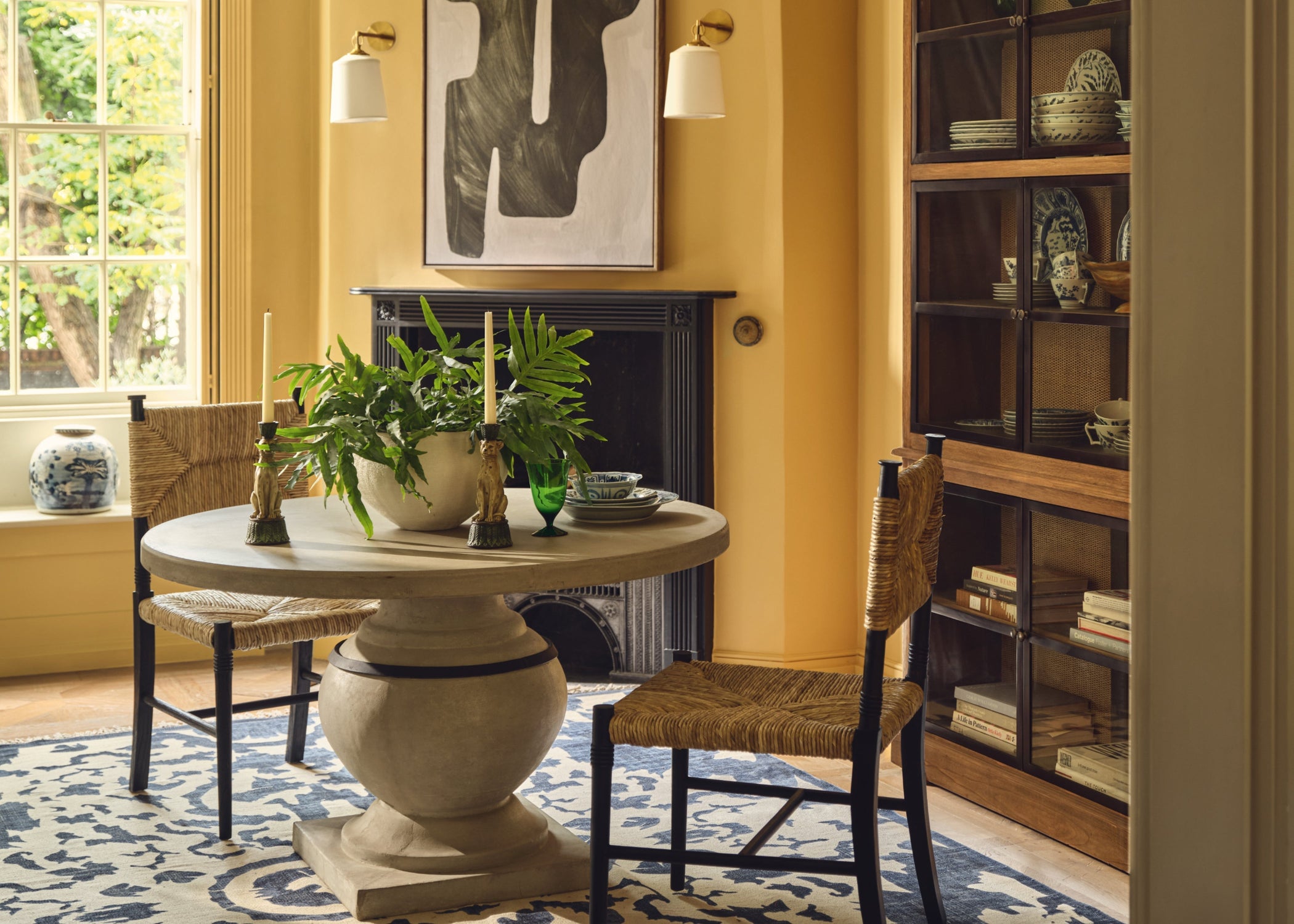
13 May 2025 | Alanna Freeman
Wondering which dining table shape is best suited for your room? Whether you have a small space or larger space, our guide explains it all.
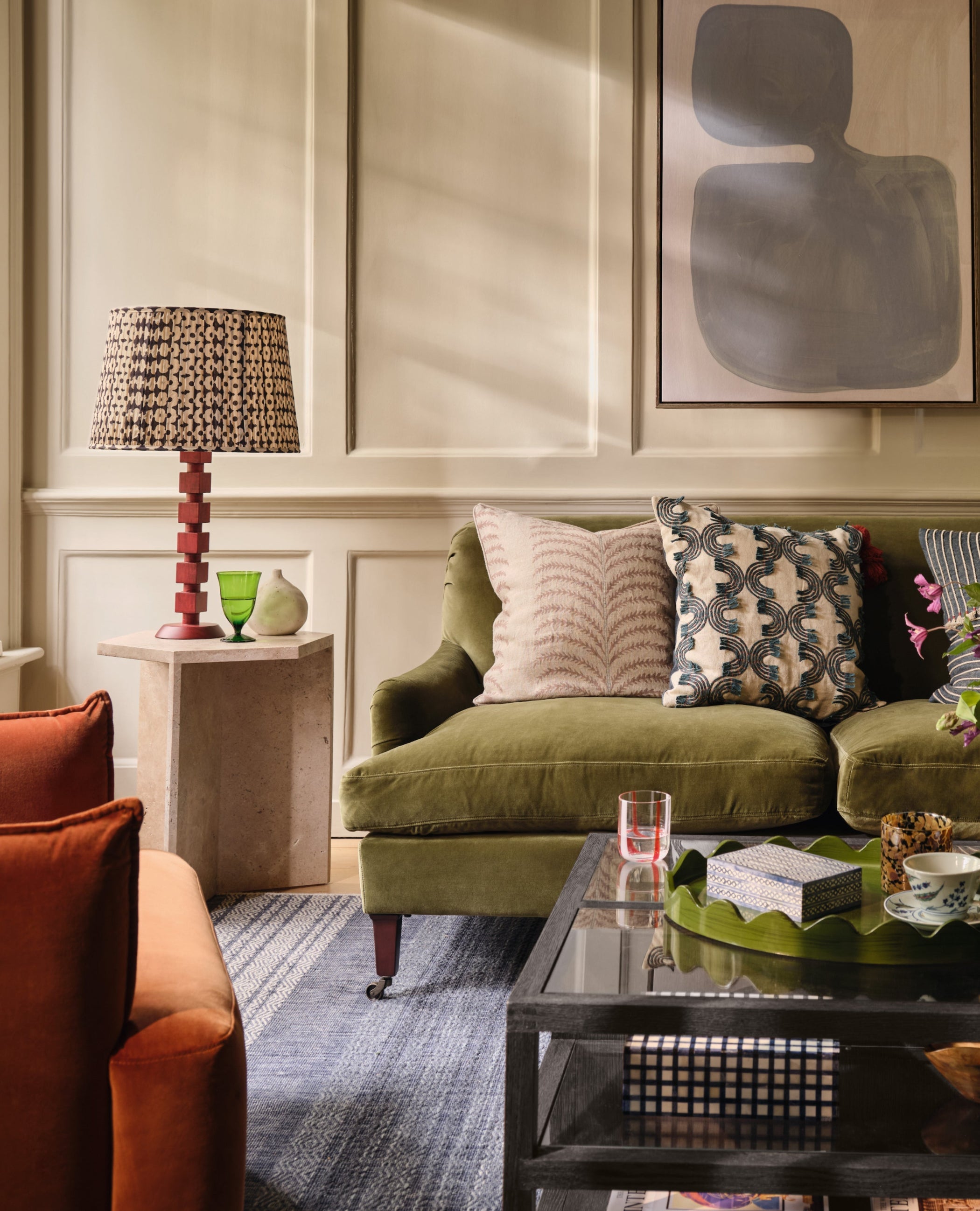
13 May 2025 | Jess Evans
Find the right design for your space with our practical tips on everything from size to shape.
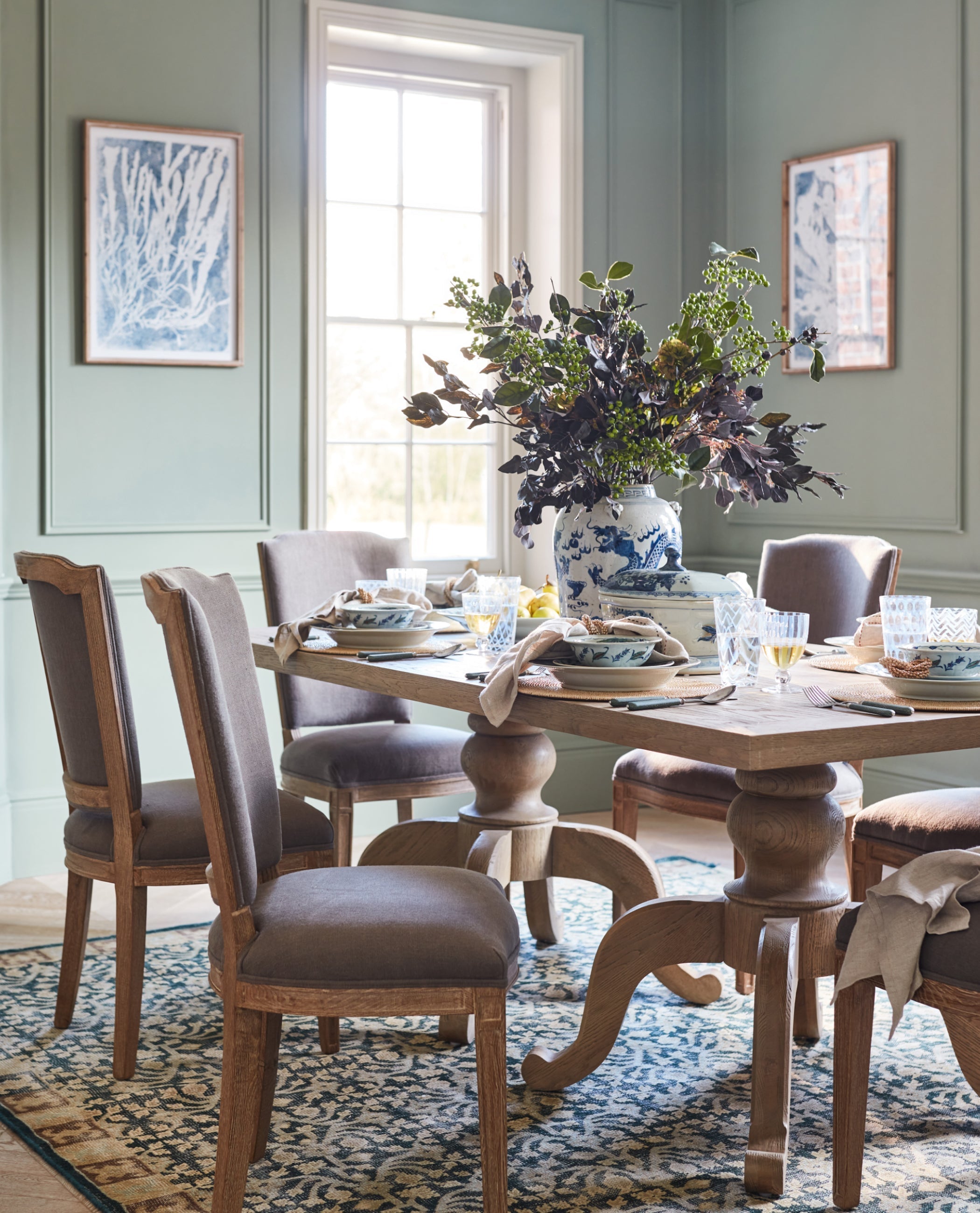
13 May 2025 | OKA Correspondent
We delve into the details, with the measurements, shapes and materials to consider when shopping for dining chairs.
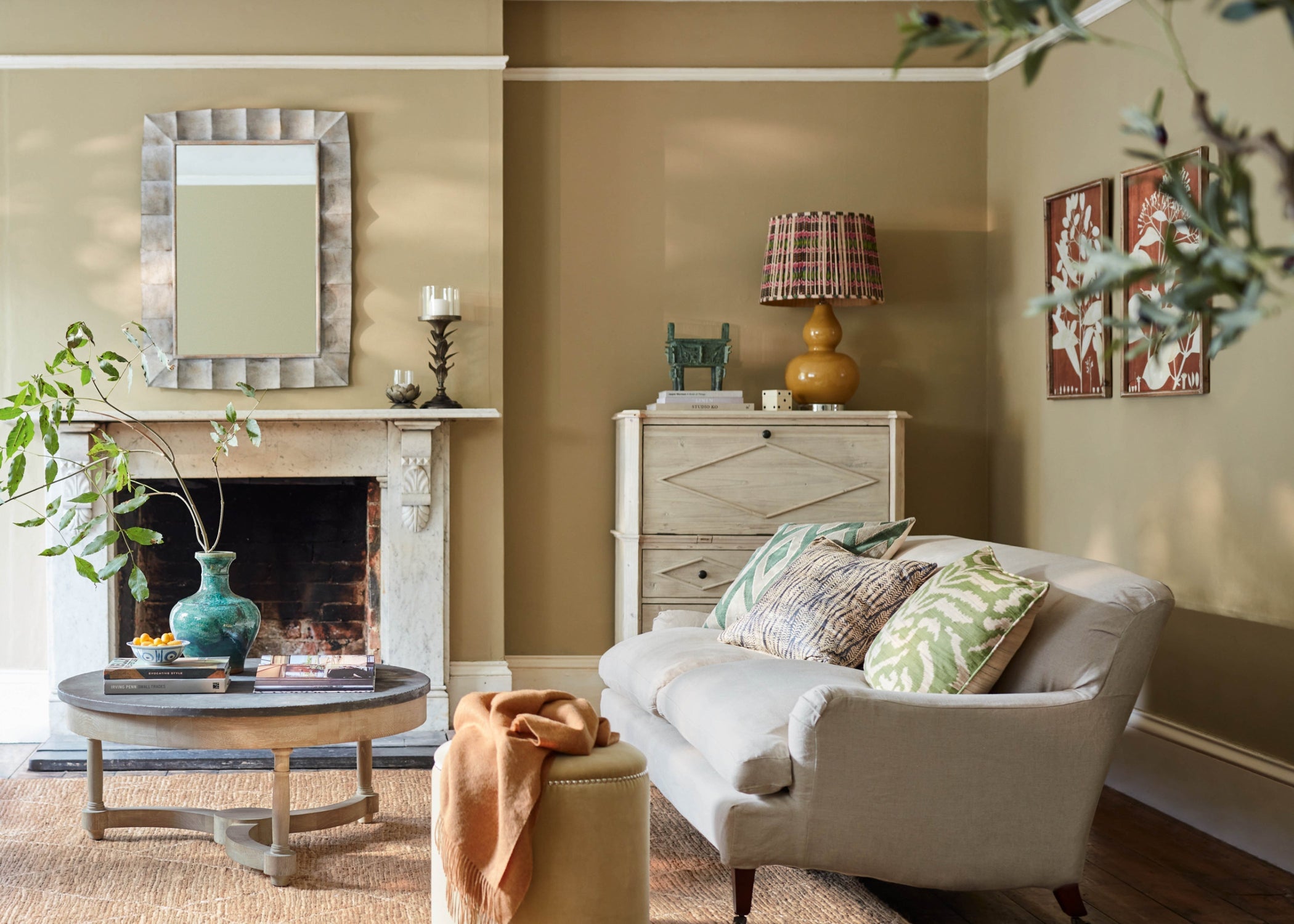
13 May 2025 | Emily Sims
Discover how to create your very own summery country retreat as demonstrated in this delightful Hampshire manor house.
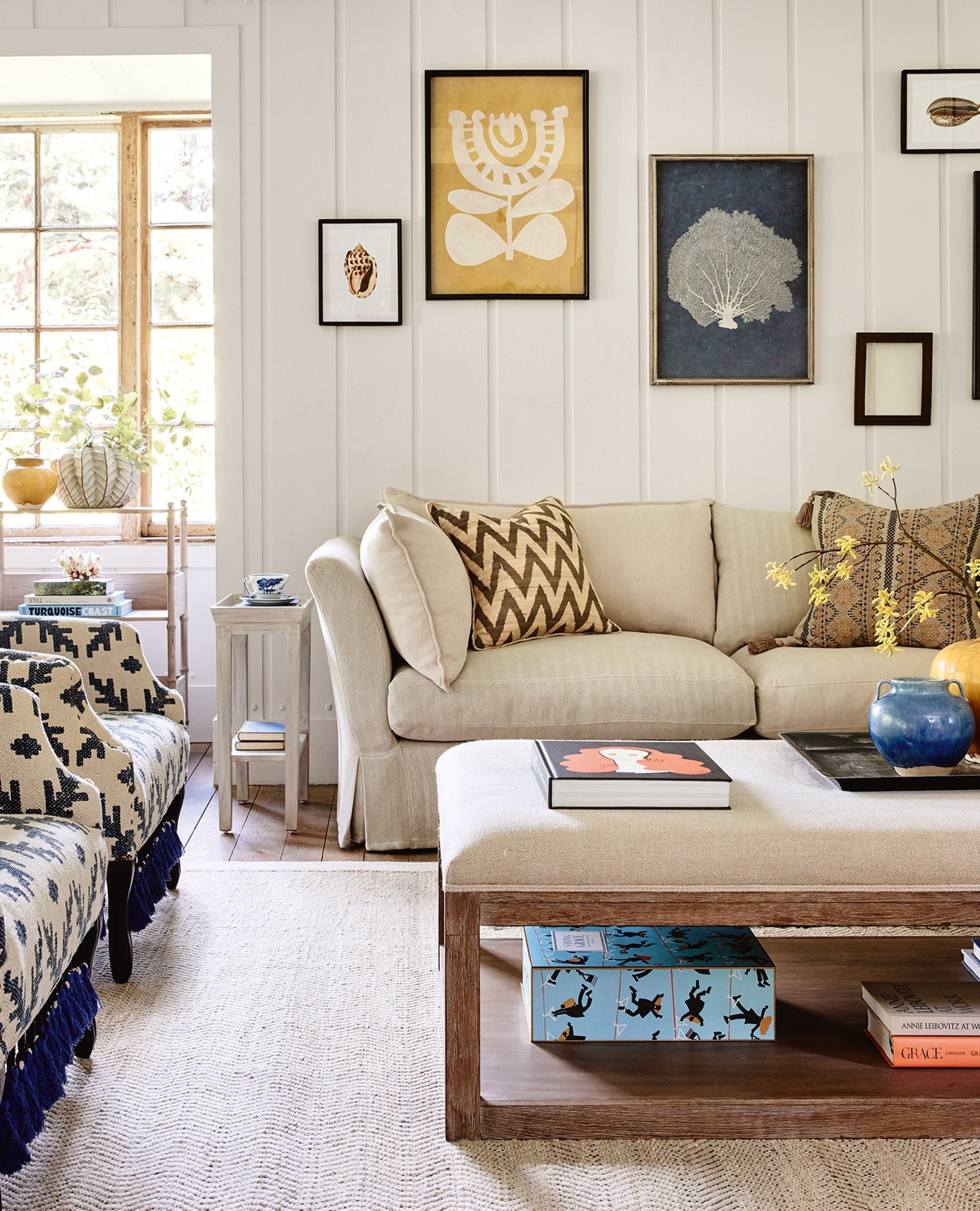
13 May 2025 | Alexandra Grange
Discover the setting of our Spring Collection's latest look, located in the heart of Ashdown Forest.

13 May 2025 | Ellen Millard
Discover our tips for bringing this classic pattern into your home, from upholstery to soft furnishings and artwork.
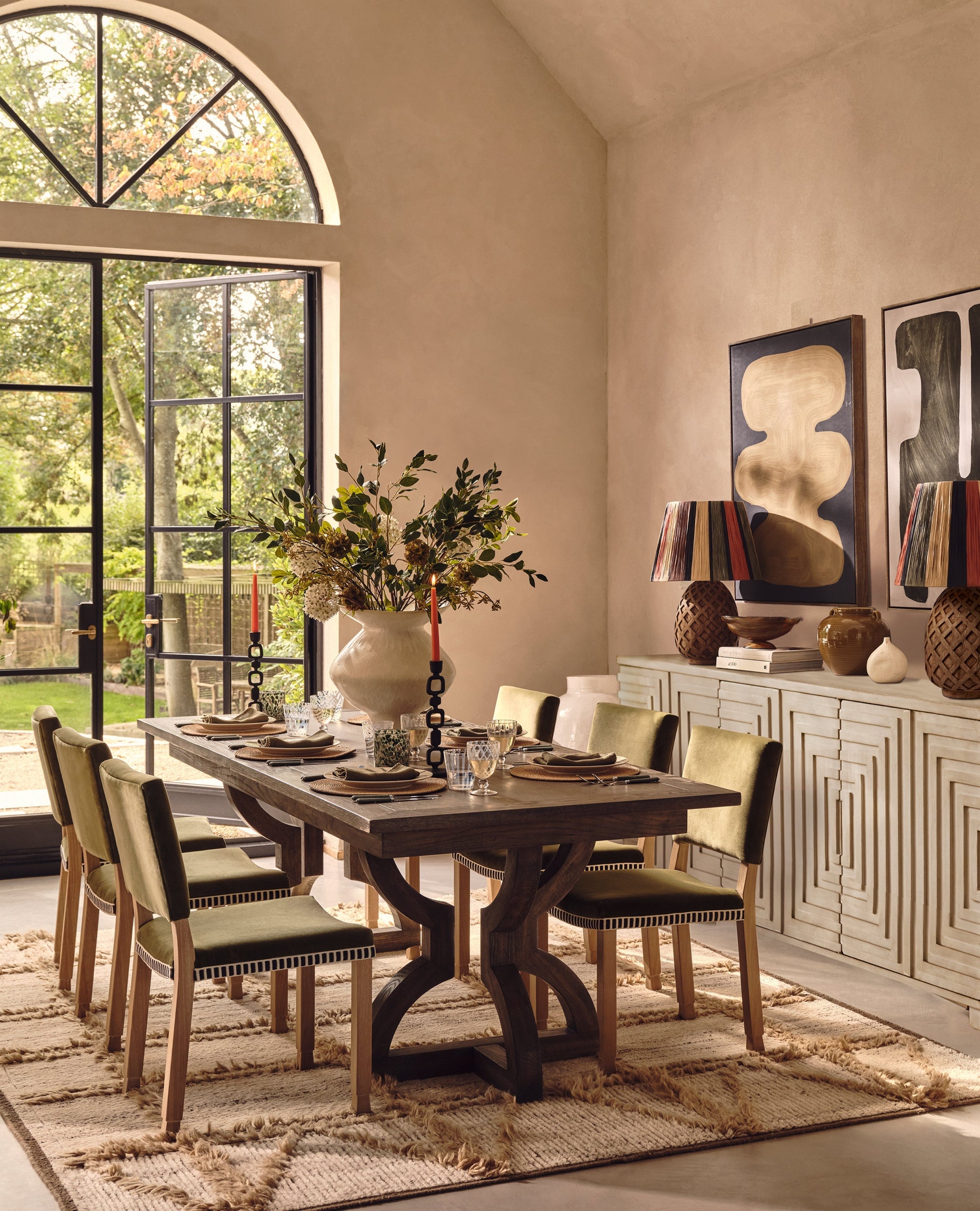
13 May 2025 | Emily Sims
Create a relaxing atmosphere inside and outside your home with a tonal colour palette, geometric pattern and thoughtful furniture choices.

13 May 2025 | OKA Correspondent
We'll let you in on a secret: it all depends on how much space you have and how regularly you host.
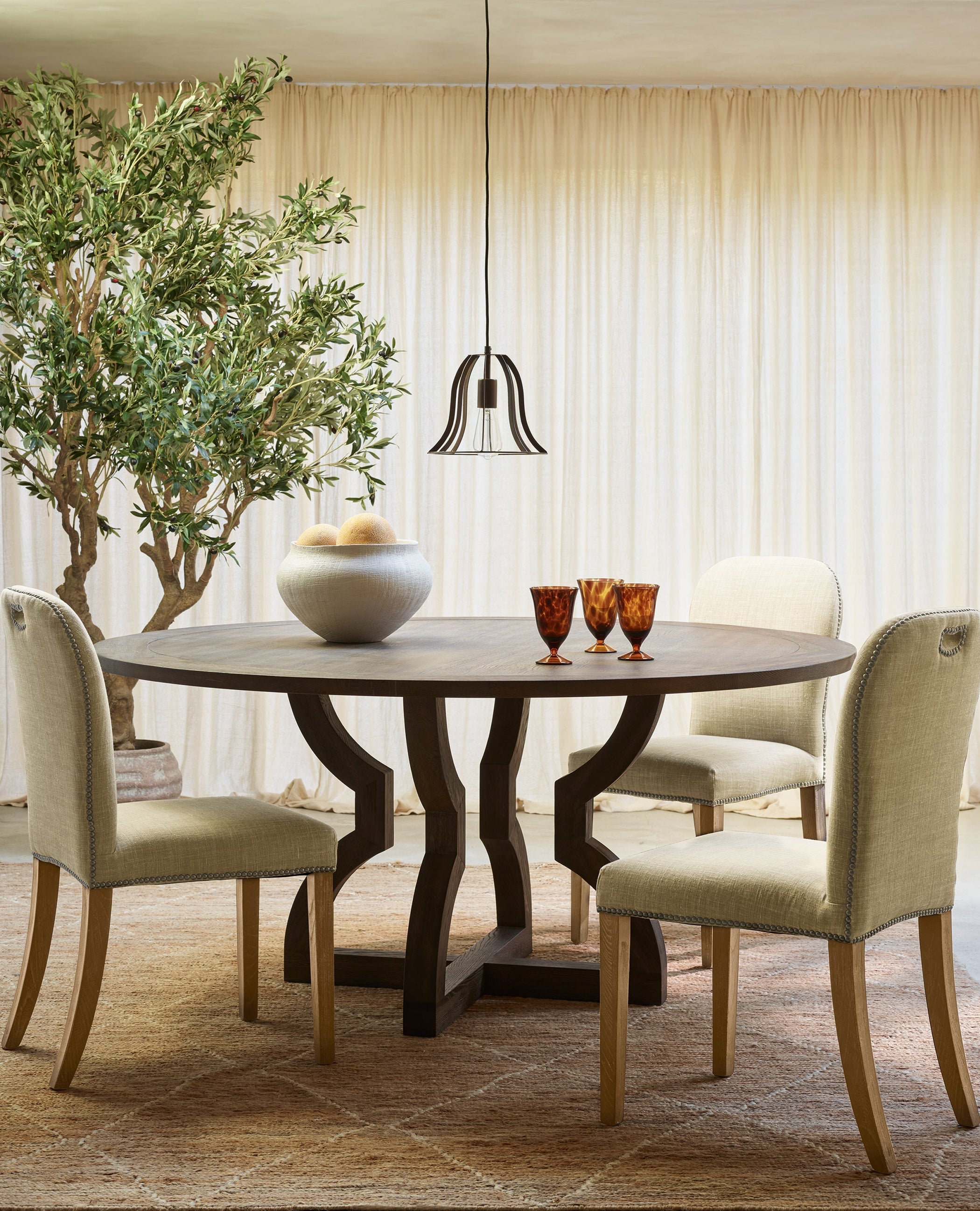
13 May 2025 | Ellen Millard
Organic materials breathe new life into this period property, where earthy textures and tones take centre stage.
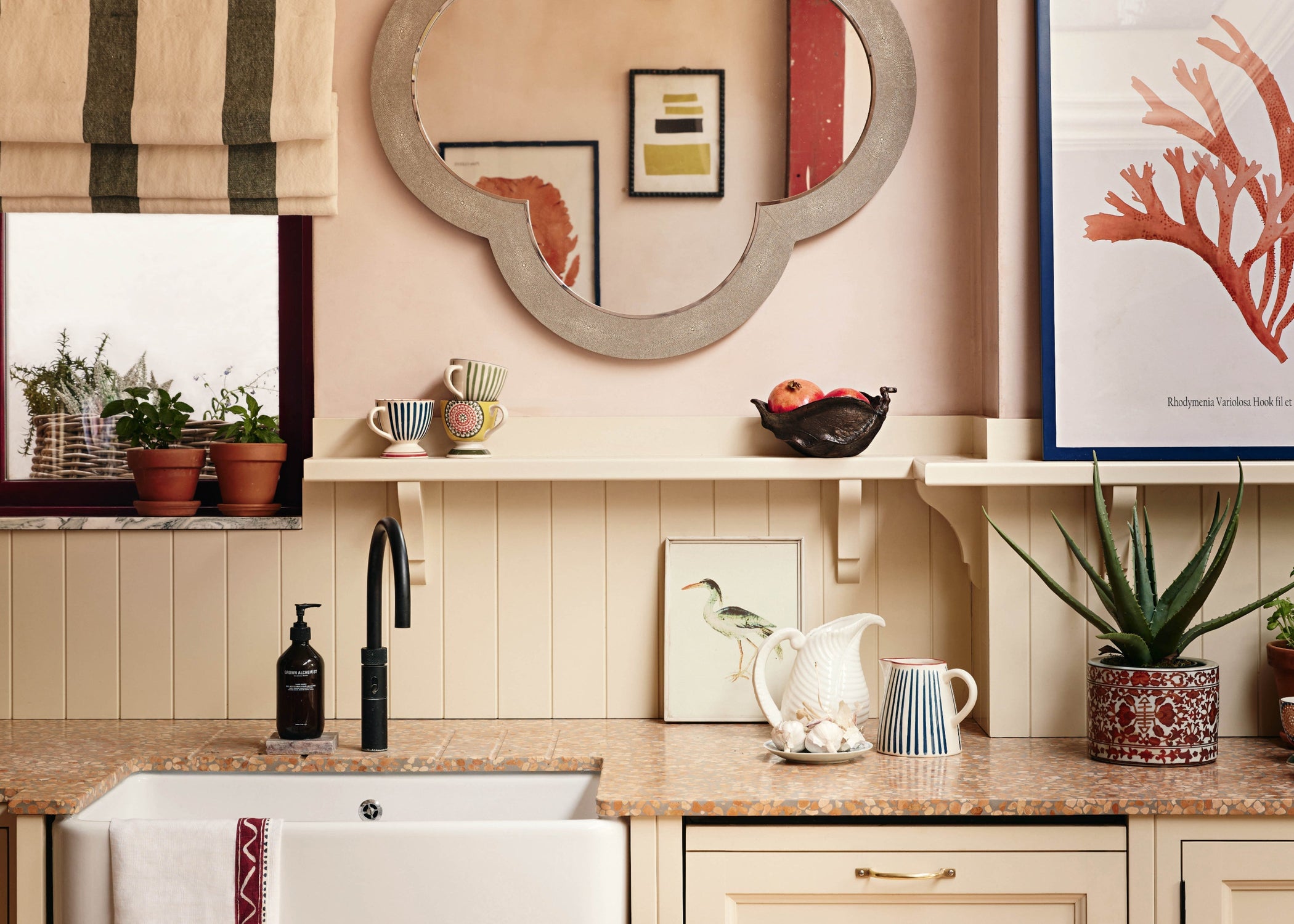
13 May 2025 | Ellen Millard
Practical rooms don't need to scrimp on personal style. Bring your character to the fore with these tips and tricks for a charming and inviting space.
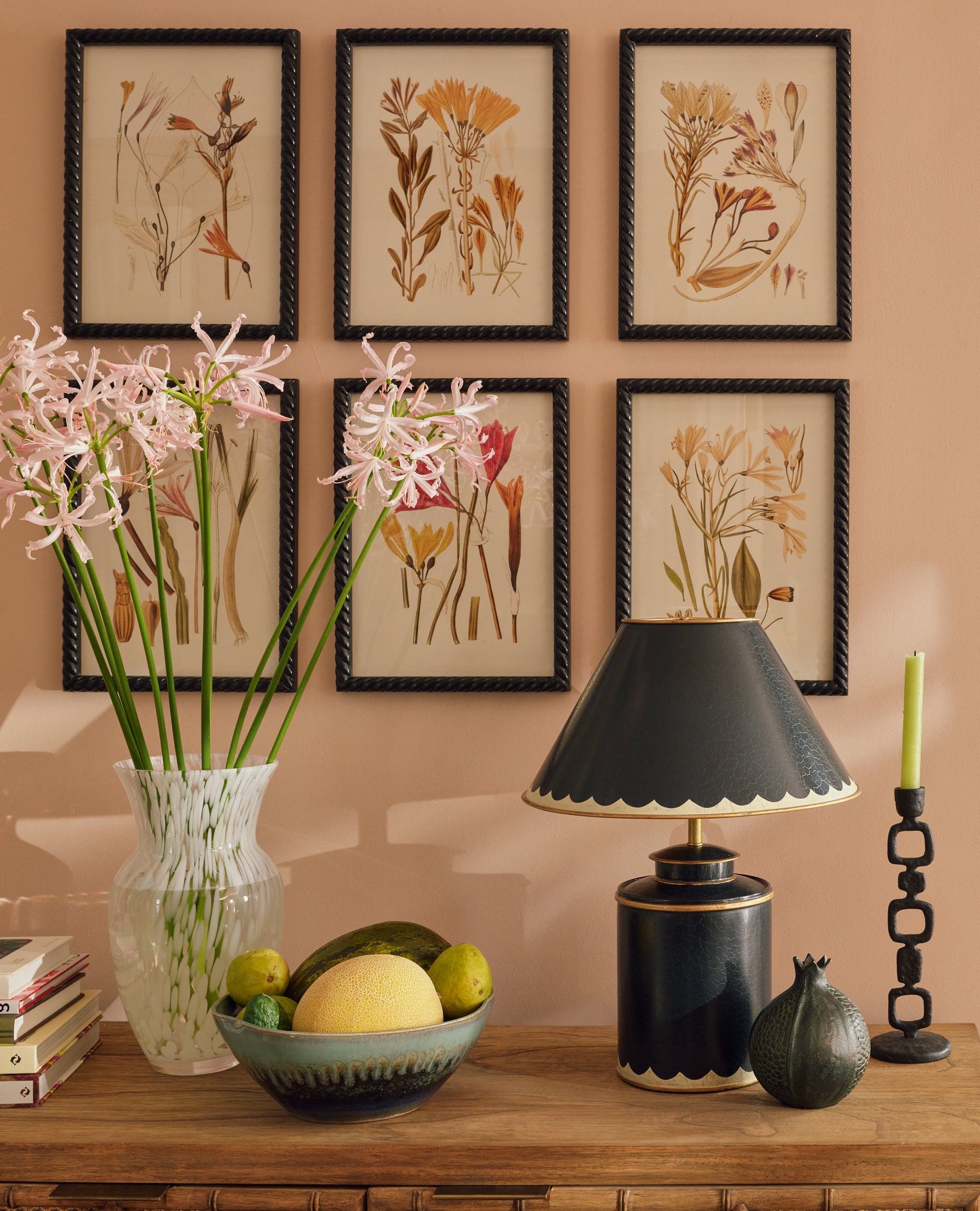
13 May 2025 | Jess Evans
Embrace the new season with a good declutter, fresh colour palette and plenty of florals.
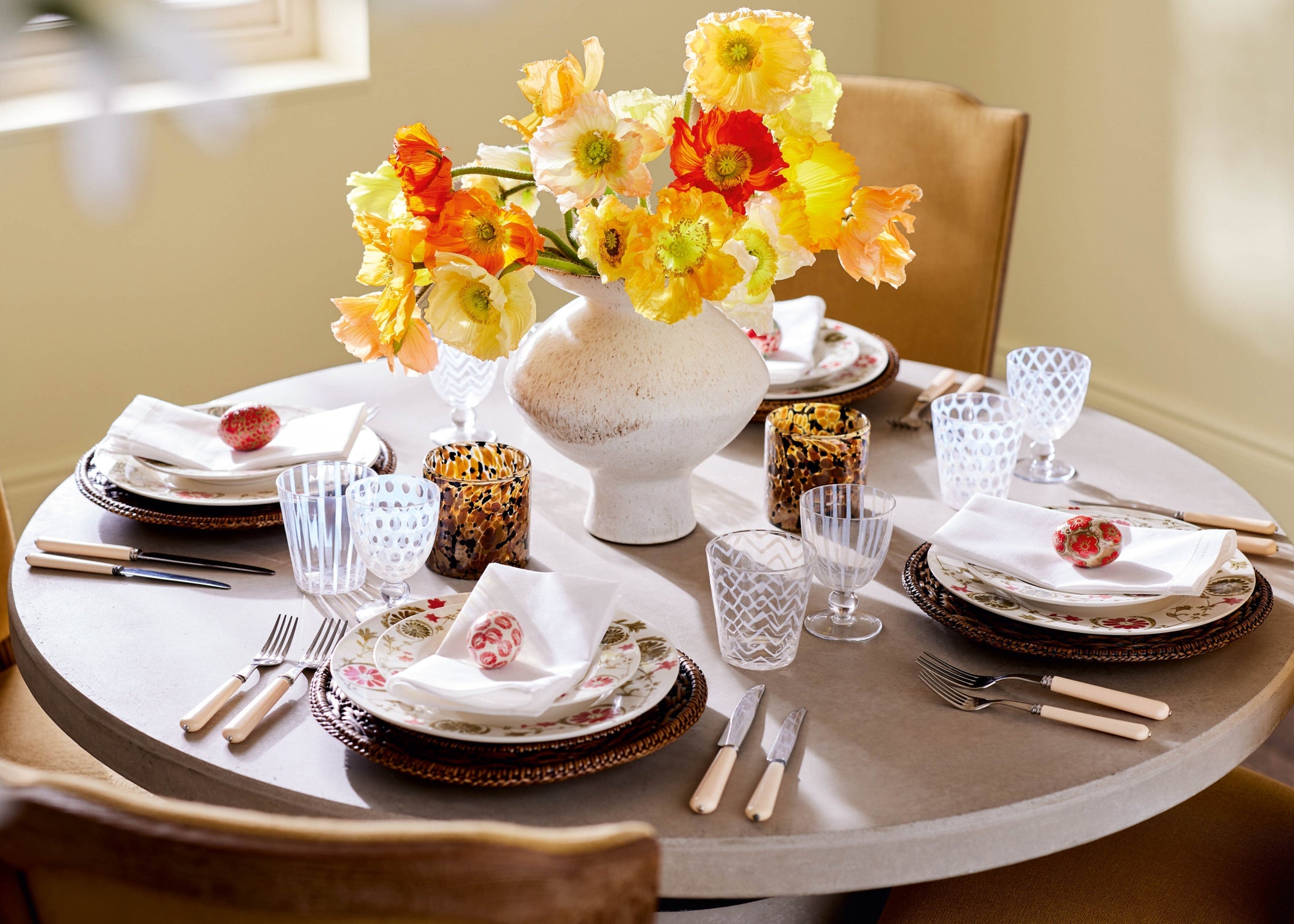
13 May 2025 | Ellen Millard
To create a sense of occasion for your Easter feast, check out our stylish seasonal table décor ideas.
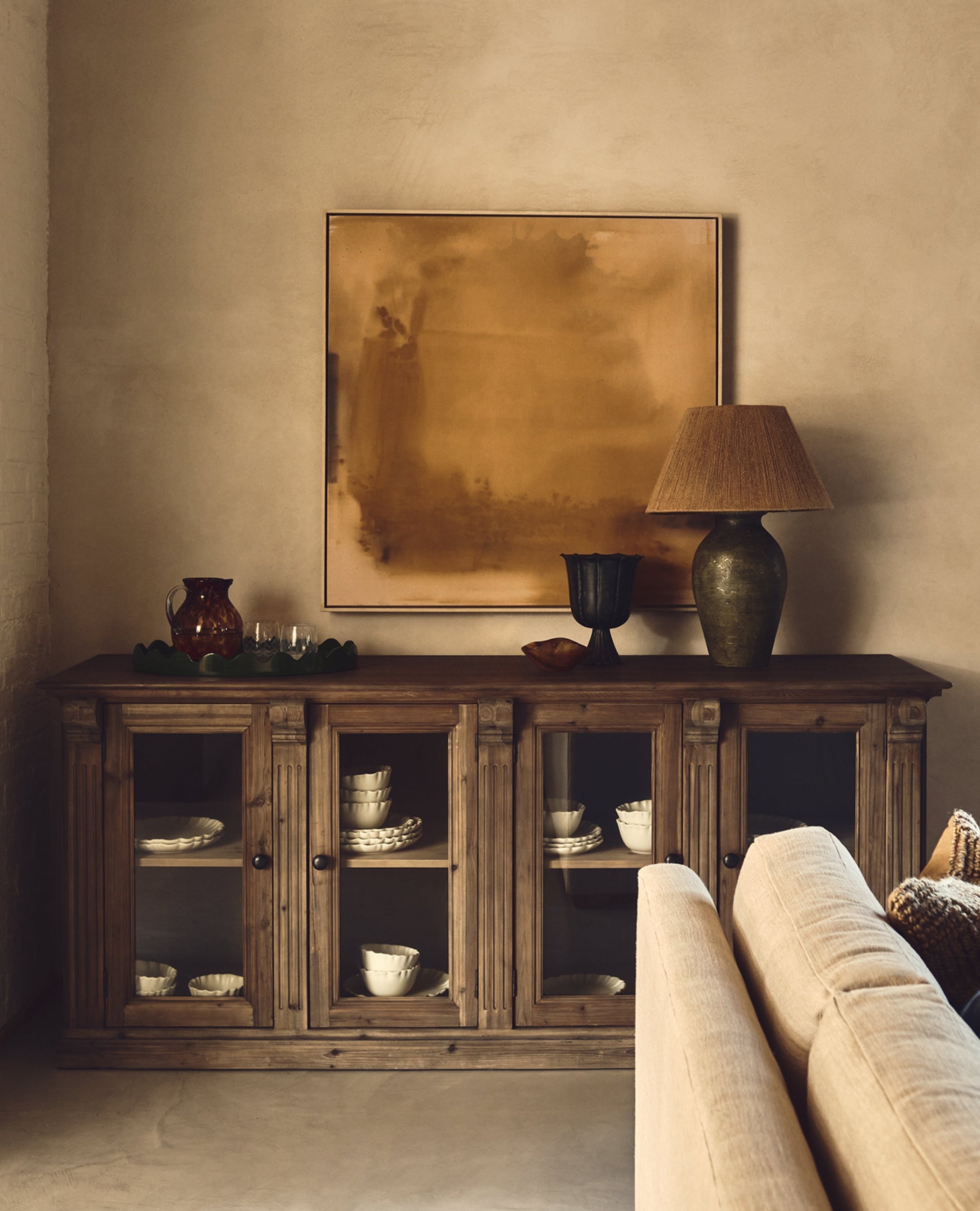
13 May 2025 | Ellen Millard
Discover the fascinating origins of our recycled furniture pieces in this story that unites sustainability and artisanal skill.
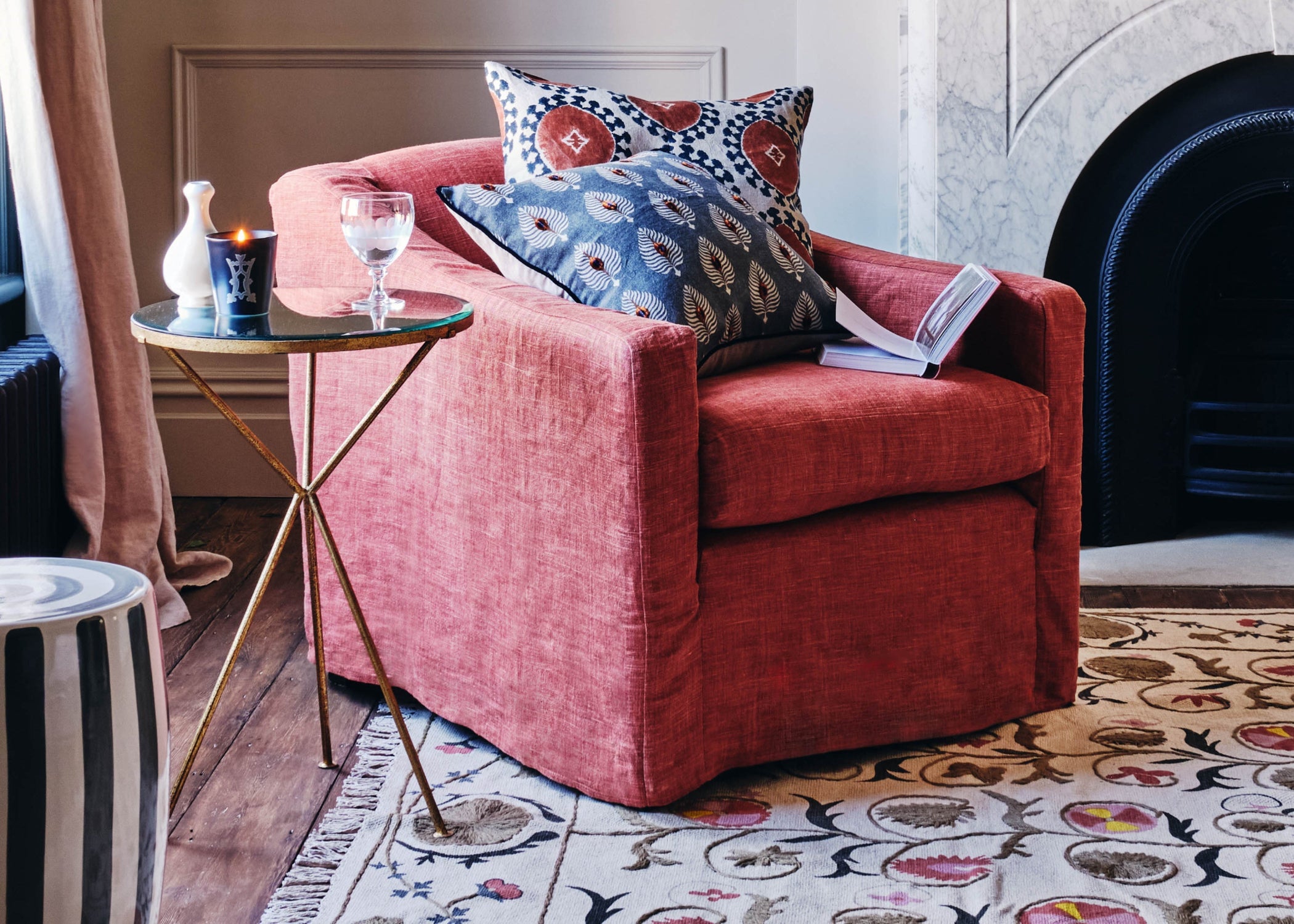
13 May 2025 | Ellen Millard
Discover all you need to know about this handy sofa accessory - from the practical benefits to style ideas and care tips.
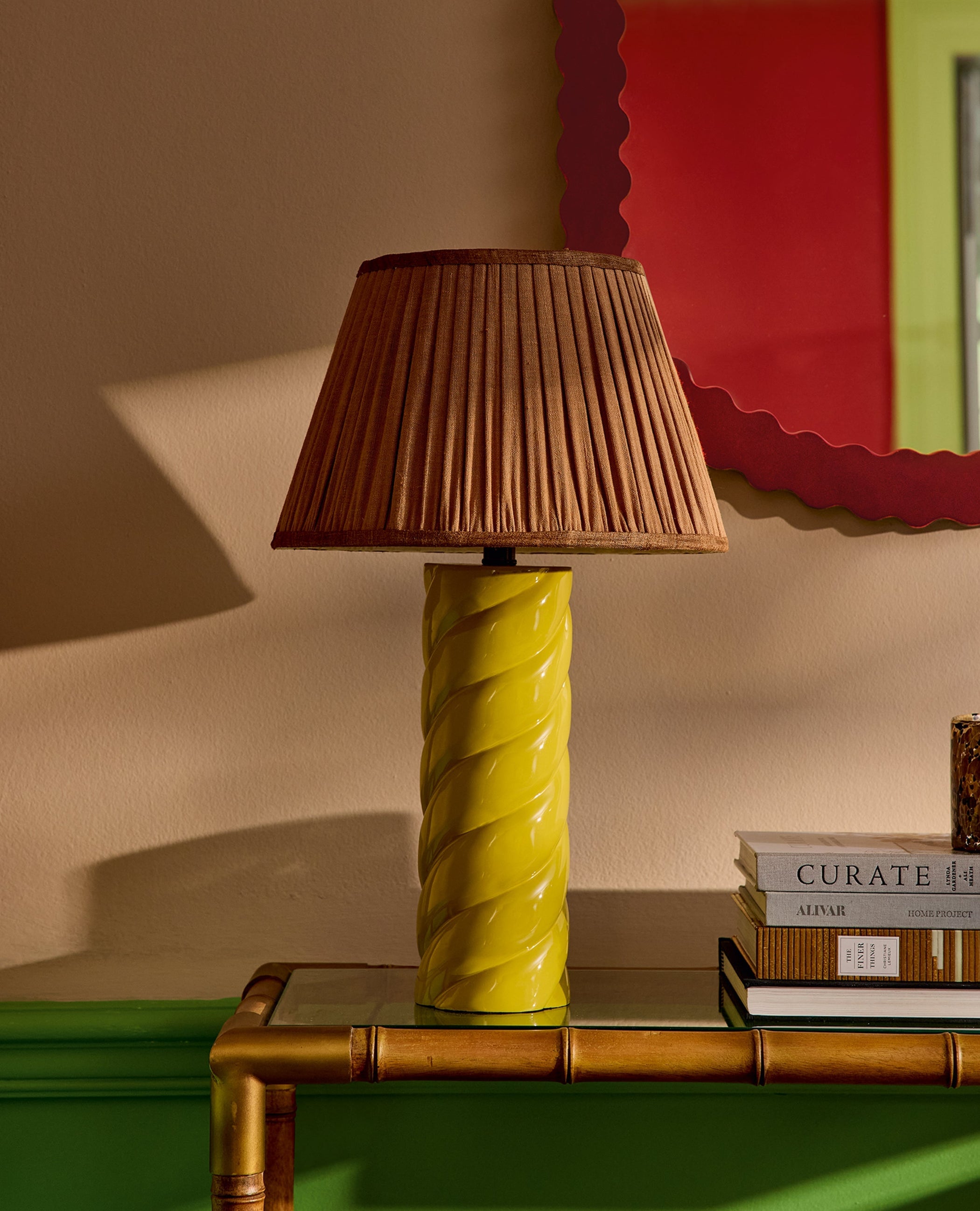
13 May 2025 | Ellen Millard
Combining graphic shapes, geometric patterns and primary hues from our latest collection, this daring look is bold and bright.
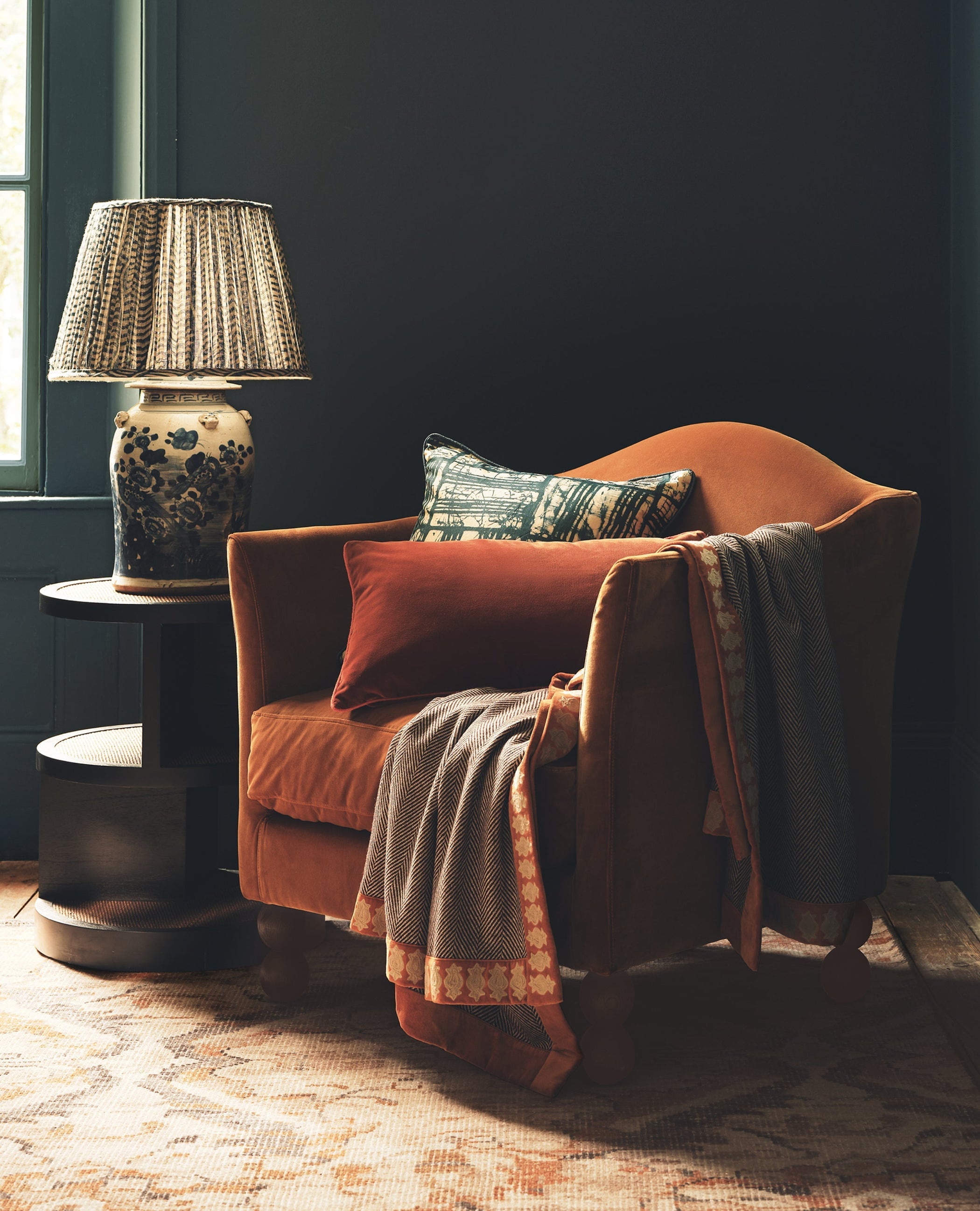
13 May 2025 | Jess Evans
Master the art with expert tips from the interior designer and friend of OKA.
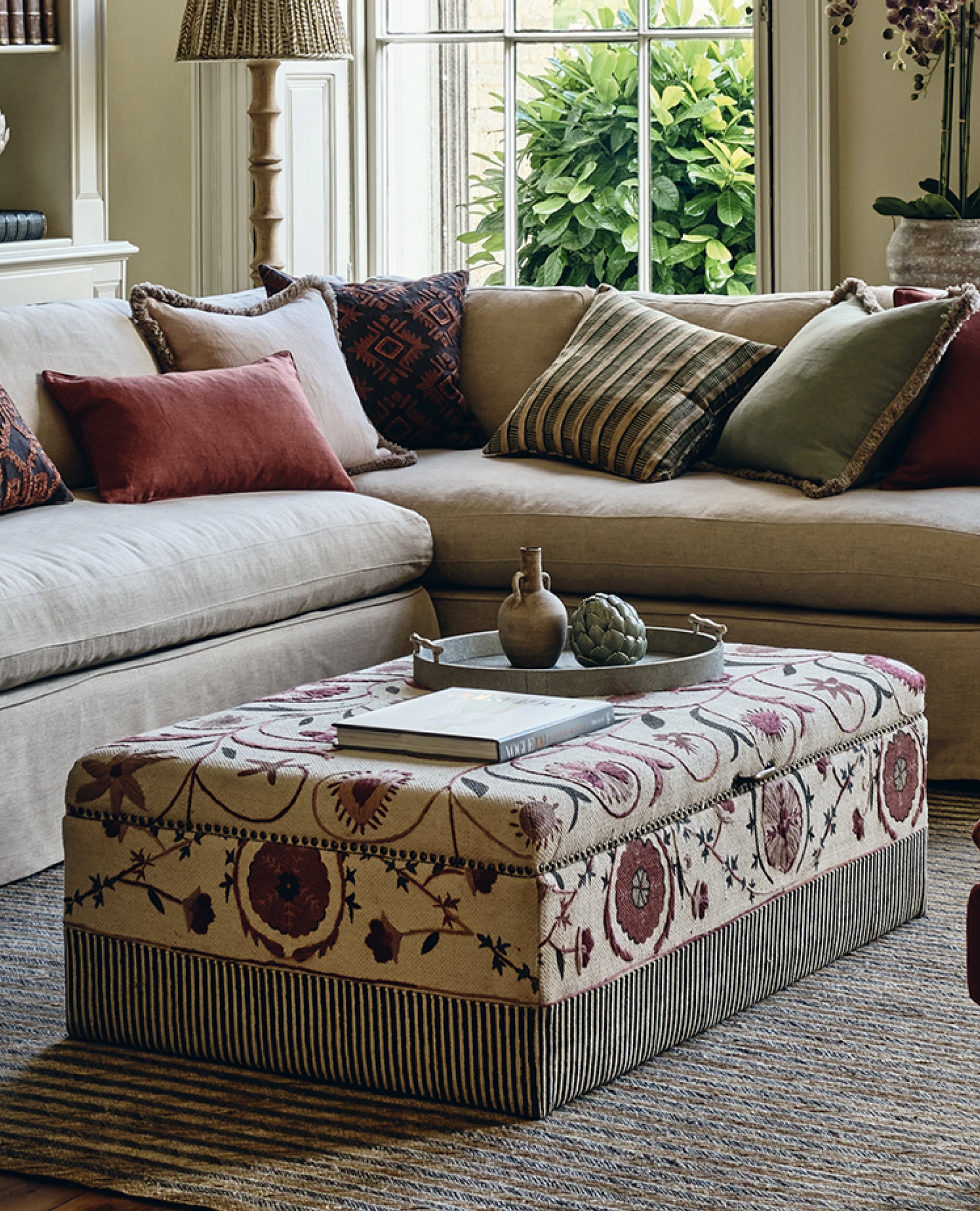
13 May 2025 | Ellen Millard
Our Product Design and Development Manager Sha Sarda shares the stories behind four of our community's favourite prints.

13 May 2025
Making guests feel welcome in your home is hardly what you might call a new trend, but if 2025’s ‘hostingcore’...

13 May 2025 | Jess Evans
We enlisted the help of OKA Co-Founder and hostess extraordinaire, Sue Jones, to share her expert advice for entertaining.
Showing 36 of 131 items
Load more articles